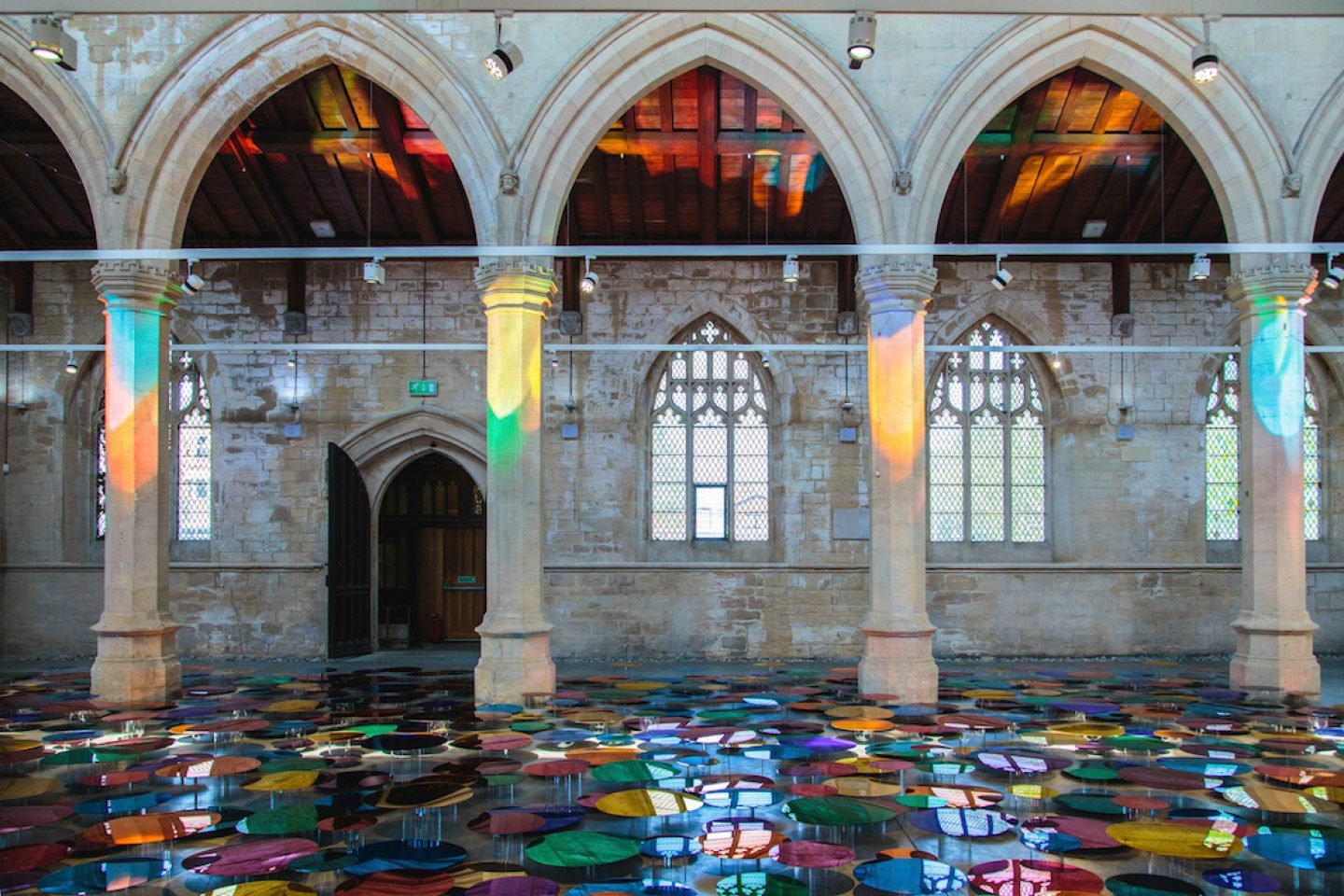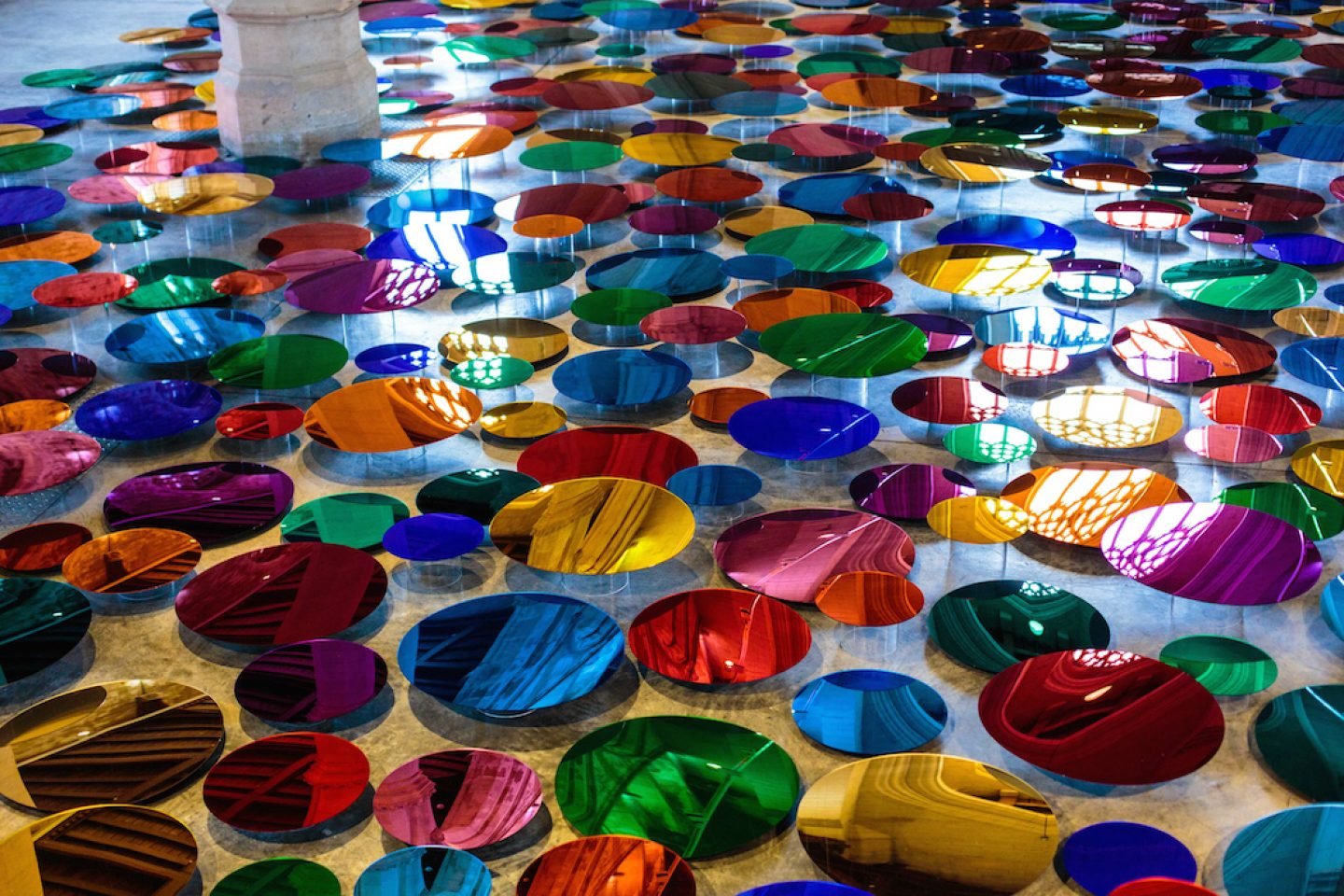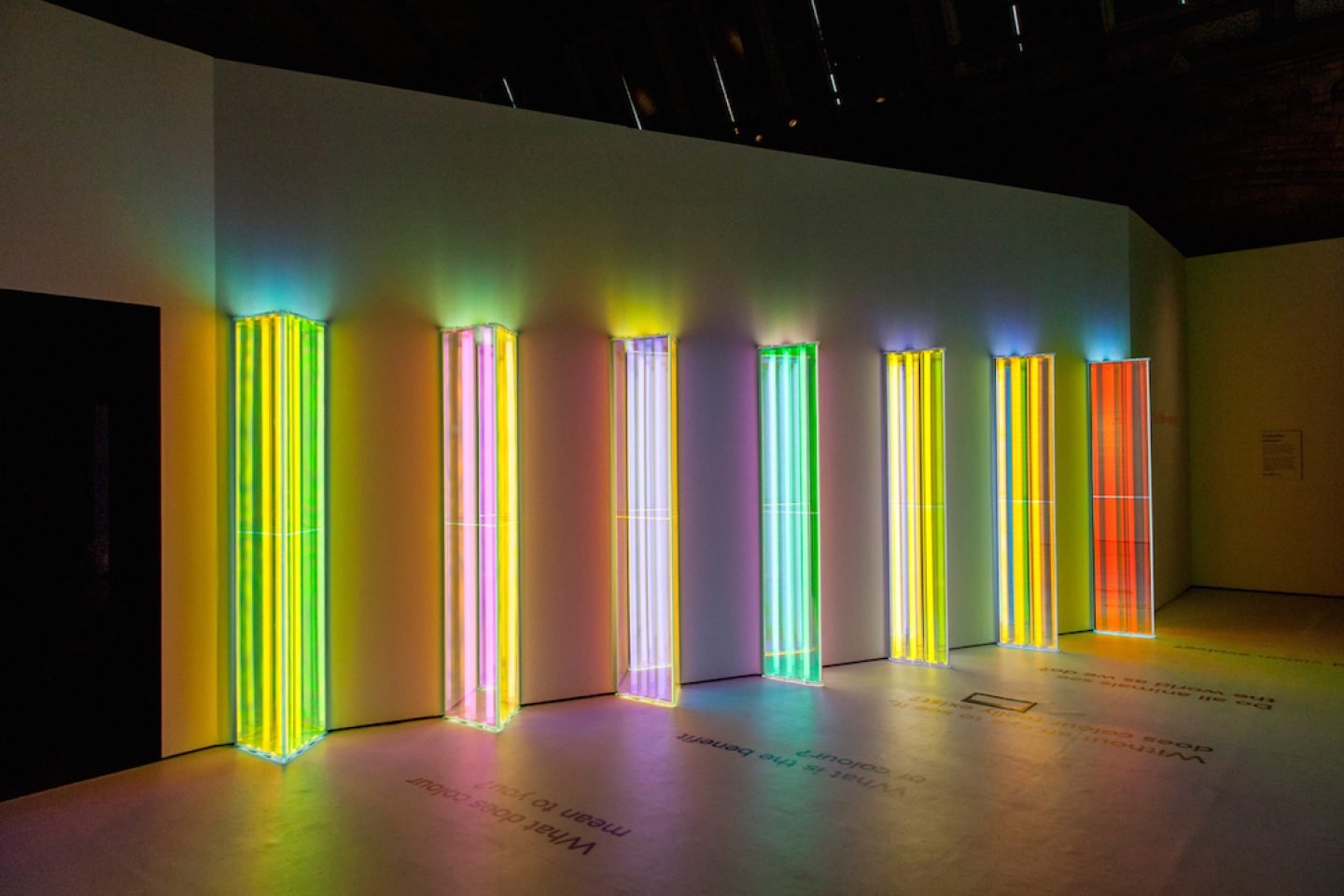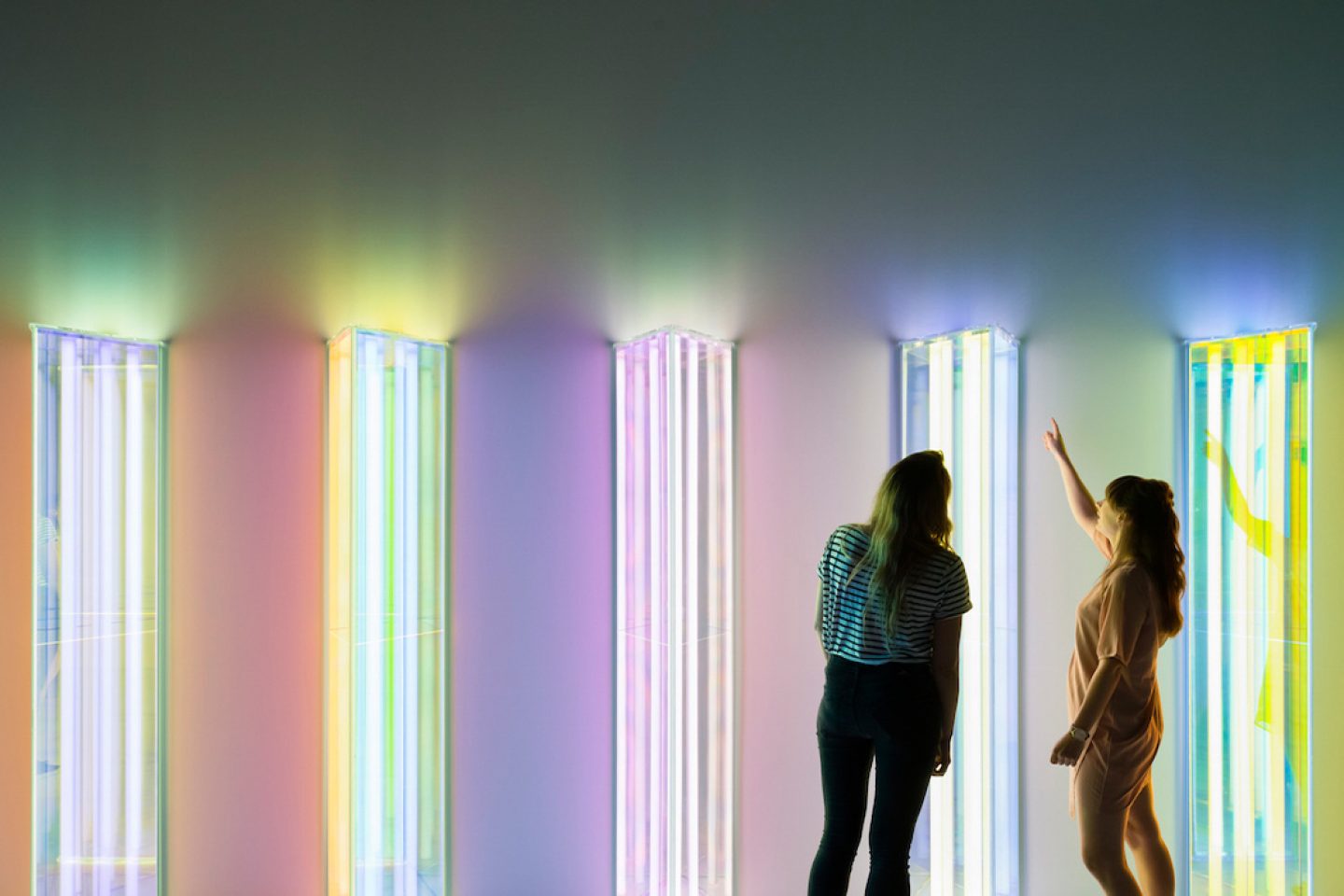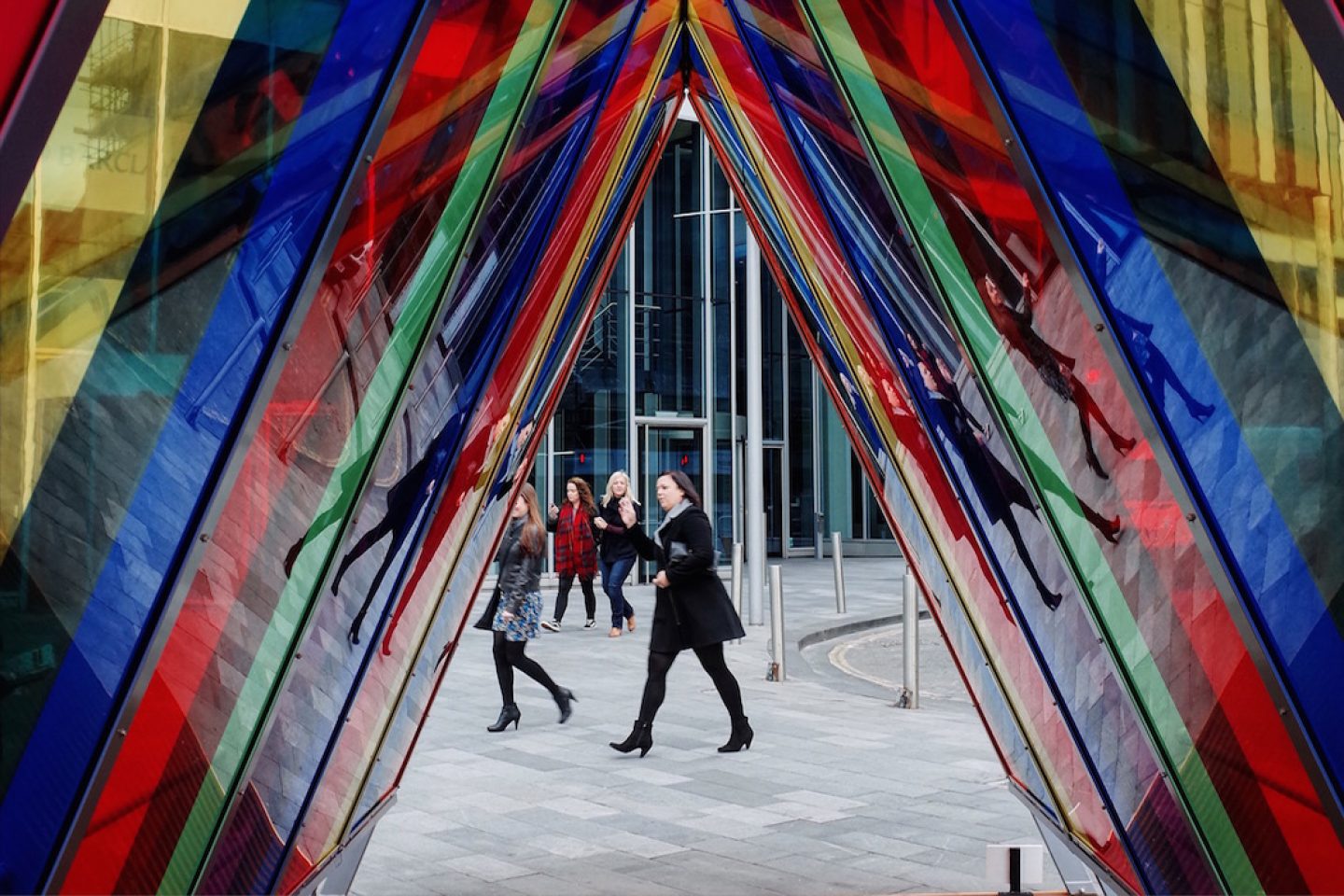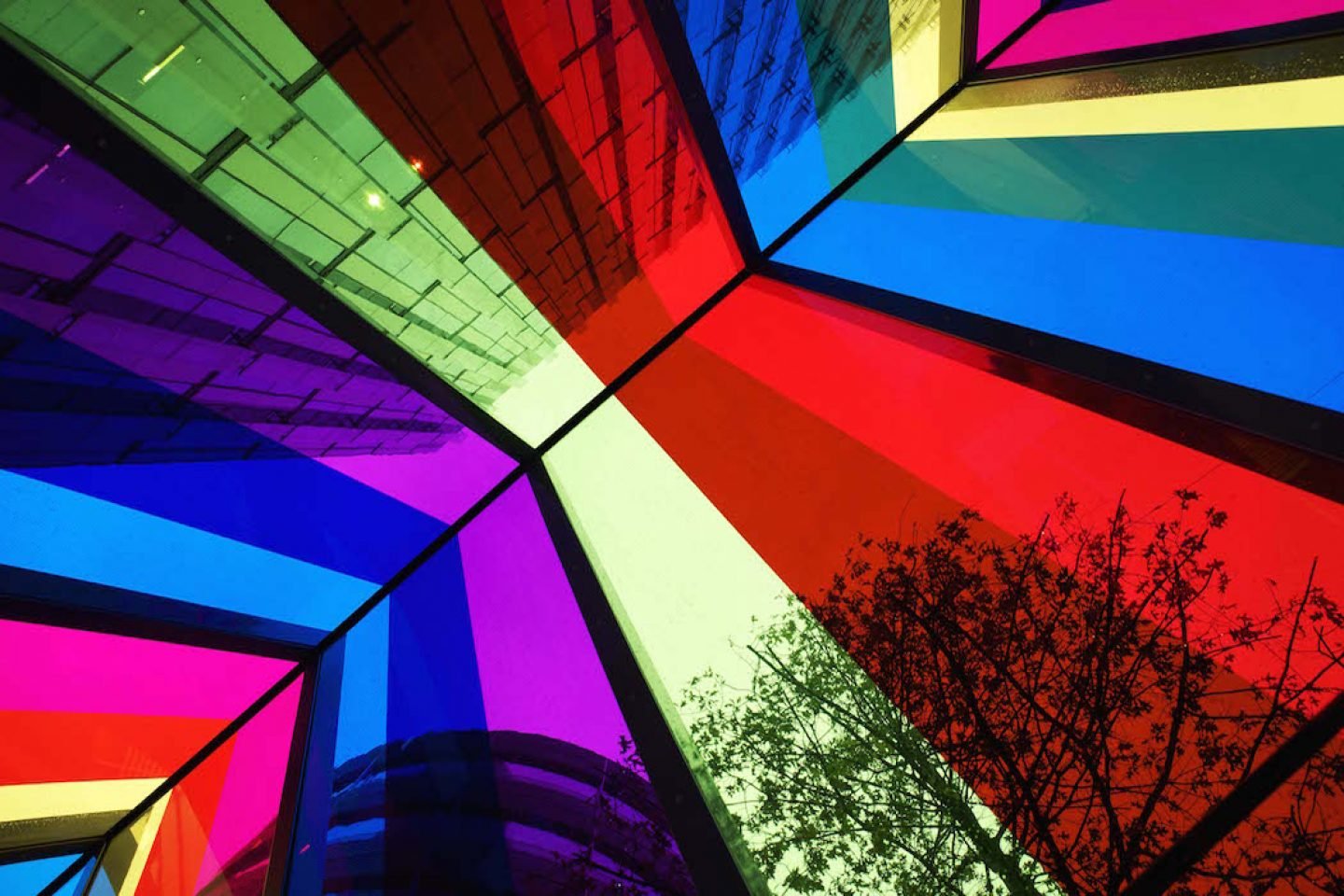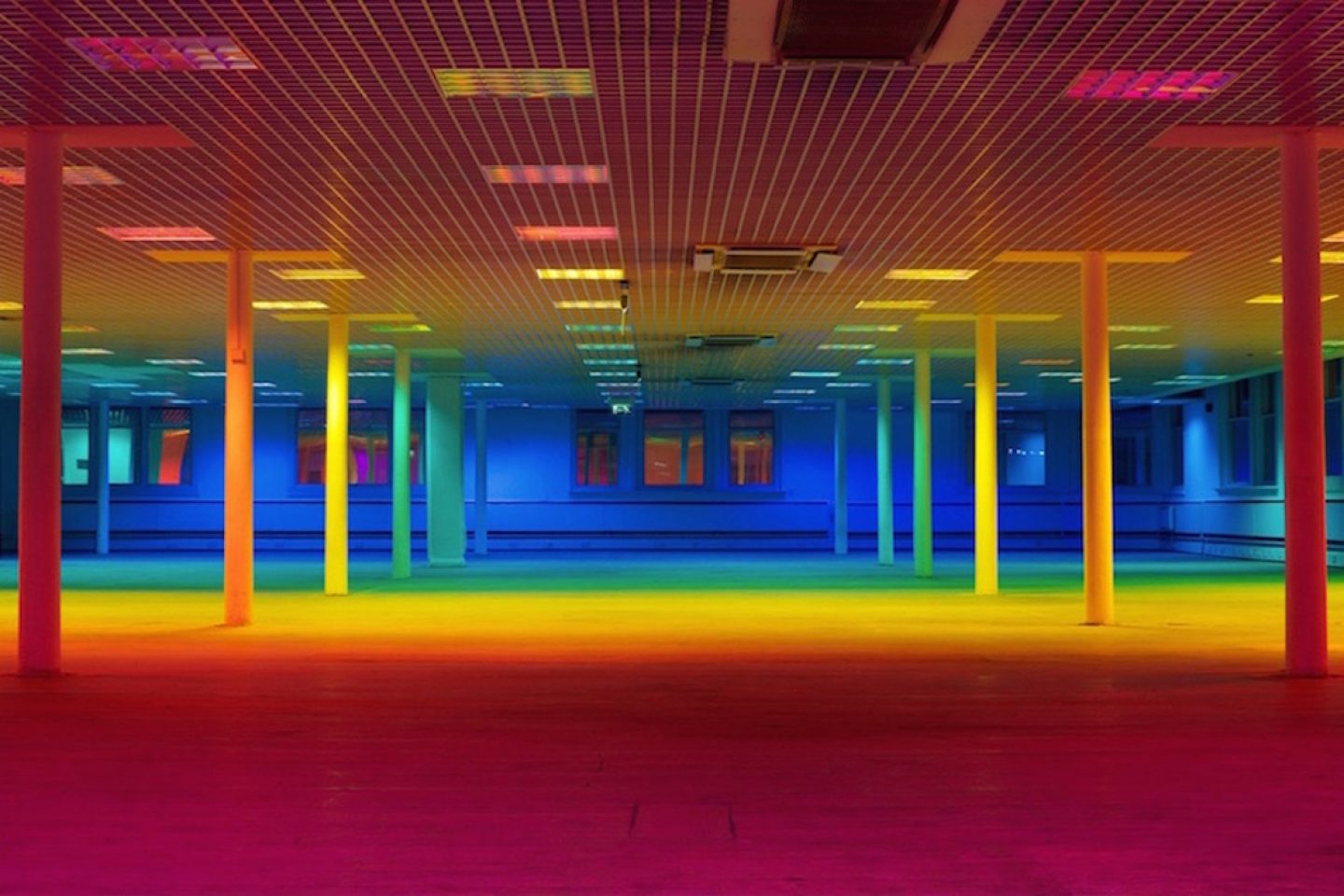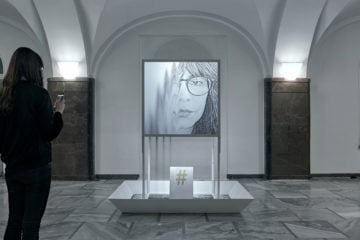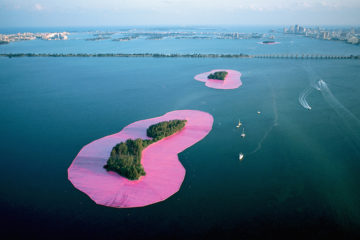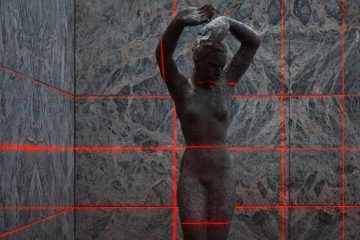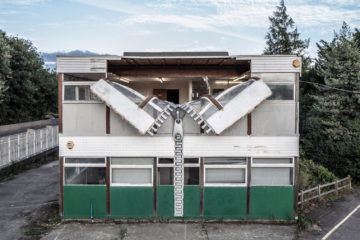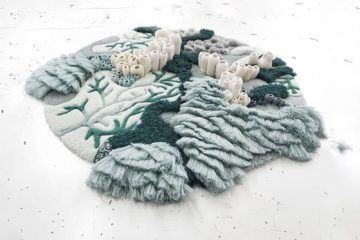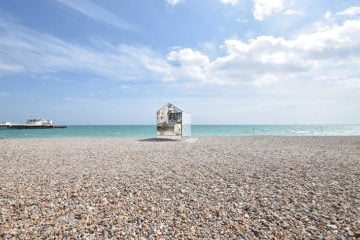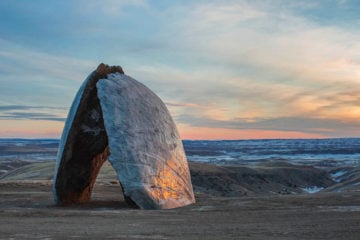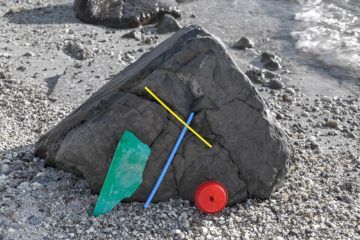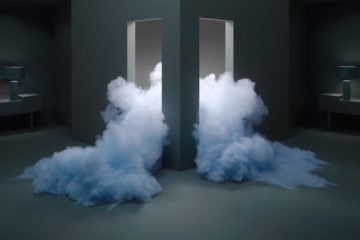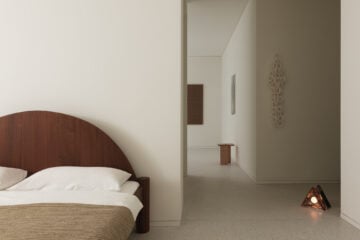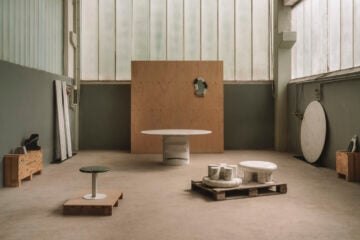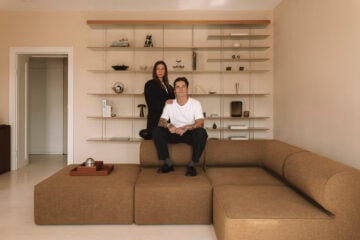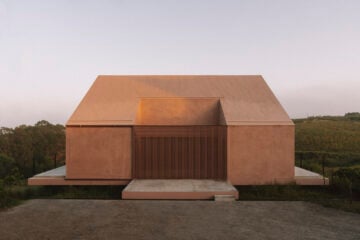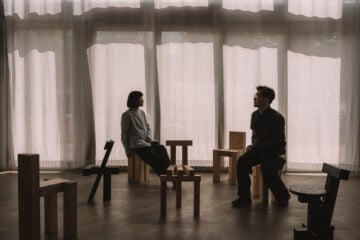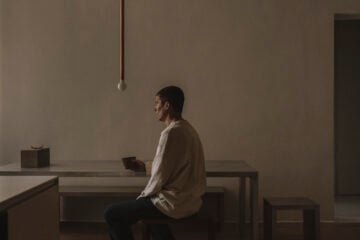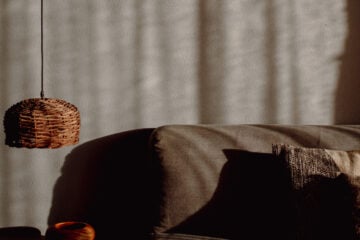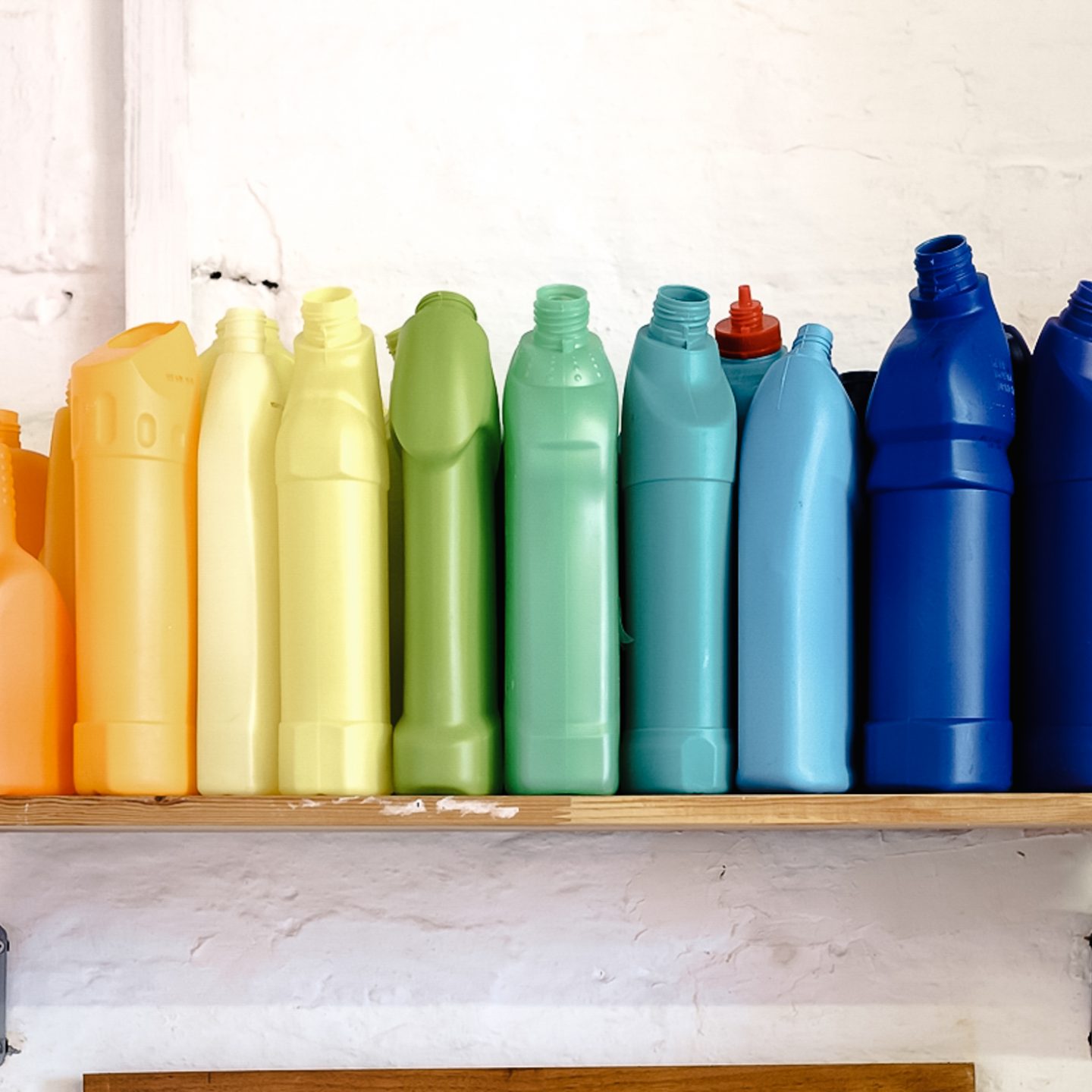
Liz West’s Perception Of Light And Color
- Words
- Monika Mróz
For Liz West, a site-specific artist based in Manchester, UK, color is not just something she loves – it’s a part of her identity, an interest so deeply rooted in her personality it’s difficult to encapsulate in just a few words. By creating immersive, luminous environments, West invites the viewers to tap into their own perception of light and color and explore how it can affect them in many unexpected ways.
Not one afraid to experiment, West uses translucent, transparent or reflective materials to refract color and direct light – either artificial or natural – in the spaces she works with. We caught up with the British artist to speak about the creative process behind her works, her studio space and how the vivid environments she creates can affect visitors.
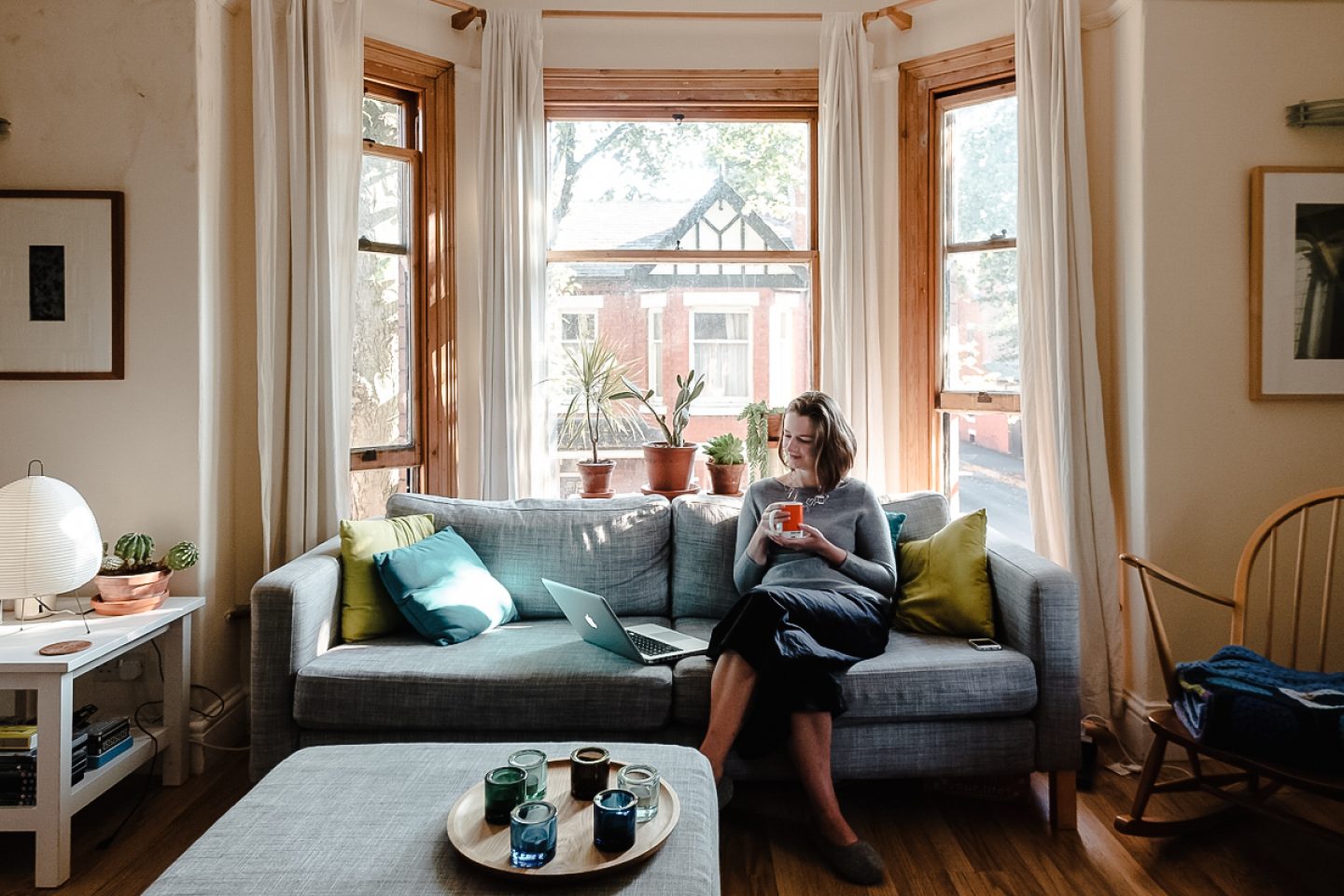
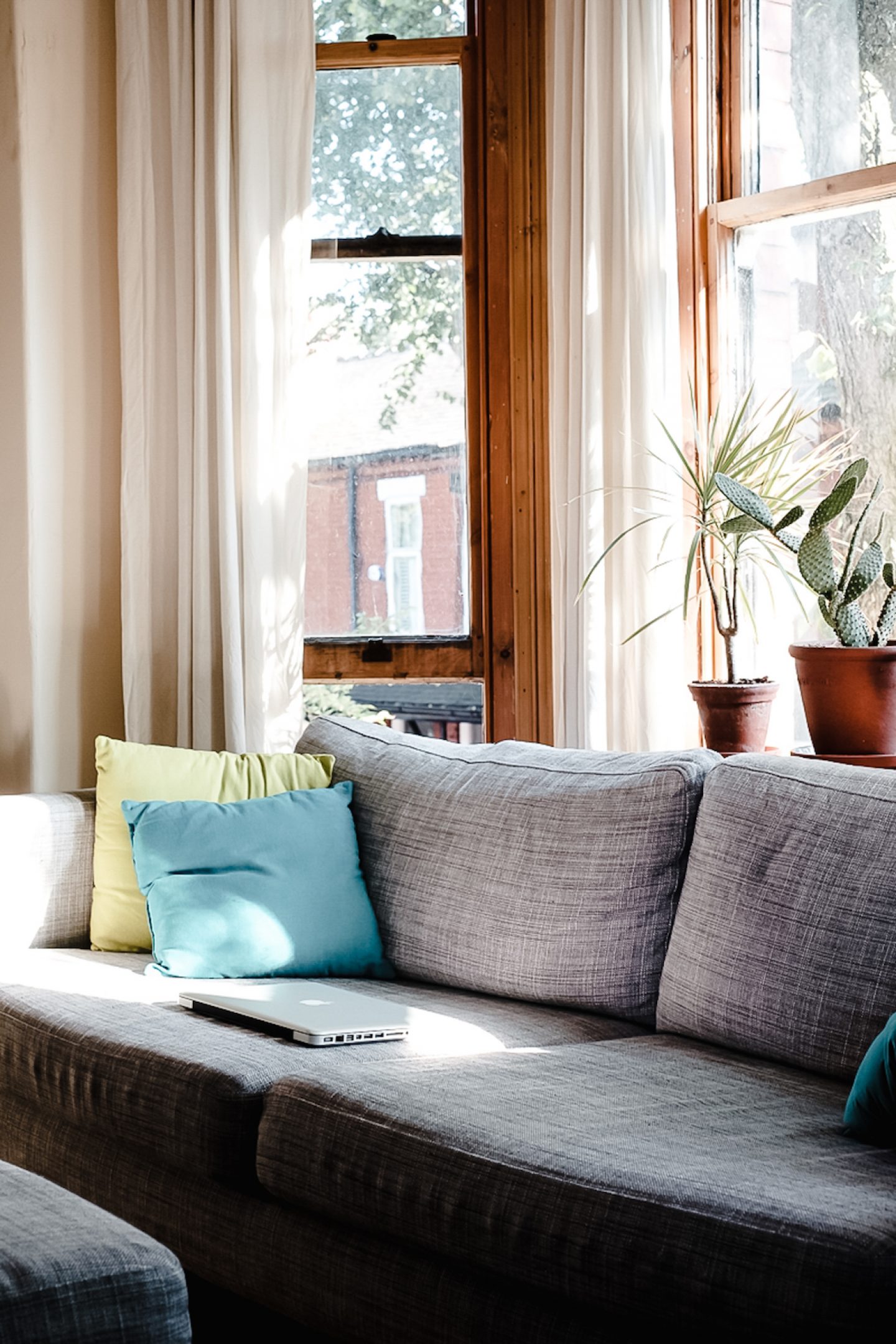
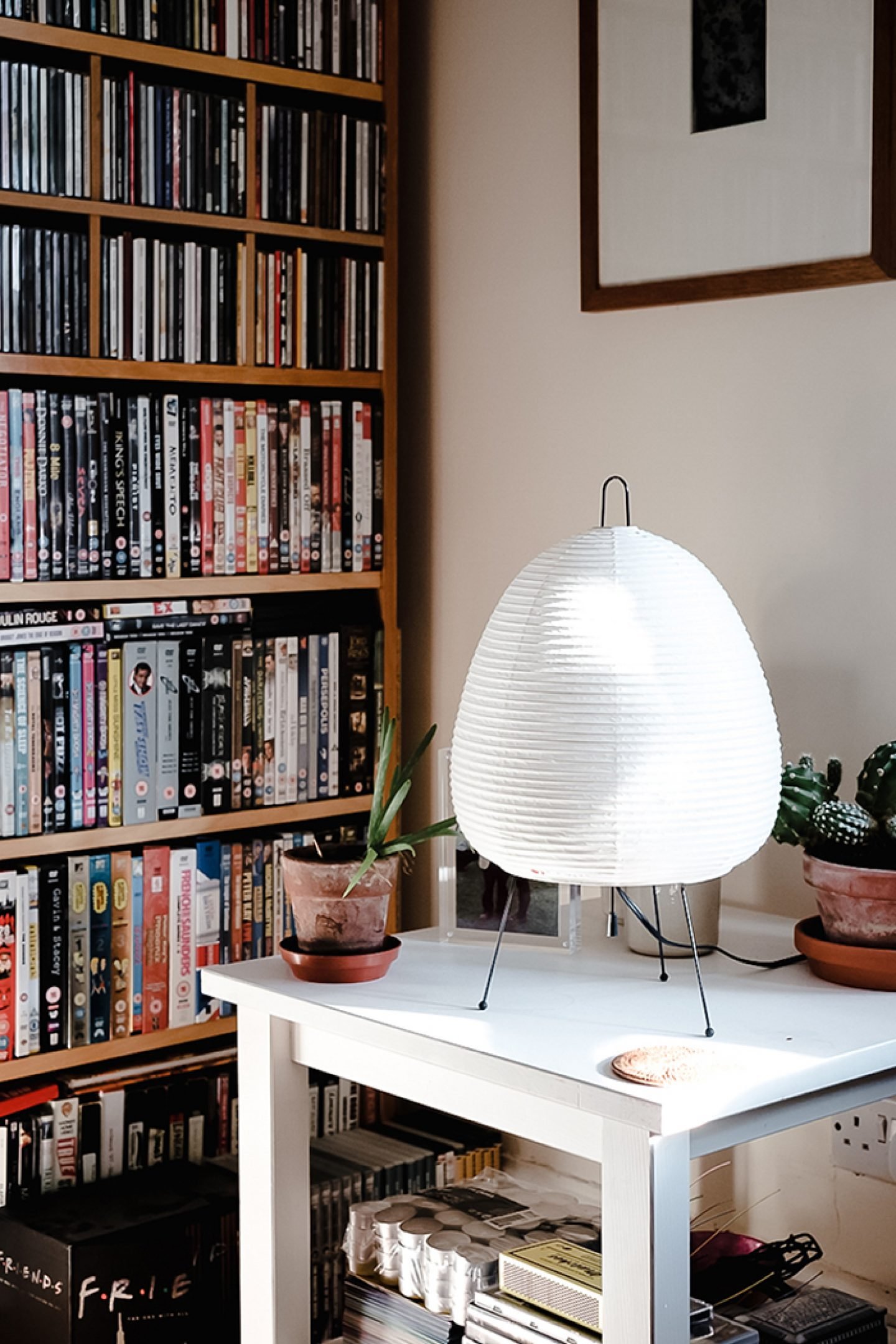
How did your interest in working with color and light originally arise?
I grew up in a family with both parents working as artists, so it was inevitable that I would end up doing either the opposite of that or something very similar to that. I was constantly being nurtured an artist’s mentality, which was very important for me growing up. All the aesthetic and conceptual decisions were made with curators and artists around me, and I pursued what I felt I was good at, what I was most interested in and most excited by, really. And unlike many other artists I know, I never felt pressure from my parents to find a ‘proper job’ – they would rather encourage me to make art. When I was a tiny little girl, my mum would sit me at a little table in her studio and I would play with quite odd materials, not paint as such, but ready-made things. And if I was bored with that, I would go down to the garden where my dad’s studio and workshop was; he would give me a lump of clay, and just say: ‘try making something with that’. So in fact, every form of playing in my life was art making. And unlike many other artists I know, I never felt pressure from my parents to find a ‘proper job’ – they would rather encourage me to make art. I went to what I thought was the best art school in the world, the Glasgow School of Art, and I studied sculpture and environmental art, which for me seemed like a perfect course – it made me think of making work site-specifically instead of paintings or photographs. I think that’s probably a good indication of why I make site-responsive, immersive installations.
But what’s so mesmerizing about color and light that you chose to work with it?
For me there is an intrinsic connection between the two, something that I struggle to explain because it’s just an interest that is there, so strongly rooted within me. It’s like explaining why do you love somebody… I love light, I’ve always been attracted to light. I have seasonal affective disorder and light has a very strong effect on me – from a sensory point of view, but also emotional, which has made me feel strongly connected to light in a way. My mental wellbeing is always affected so much by the season of the year, the quality of light and the weather. Even when I was at art school playing with various media, the choice of light just seemed natural to me. It’s like explaining why do you love somebody… I love light, I’ve always been attracted to light. For the first two years of my degree I was making things not connected to light and it just didn’t feel right, it didn’t feel like me, it felt like it was all forced. When you decide to be an artist, it’s not a job choice, it’s a life choice – you never switch off from being an artist, your creativity never stops. In fact, you get the best ideas when you start to relax. Why color? I grew up in an old mining town in South Yorkshire, England. It was industrial and grey, and I would therefore take notice of any vivid color around me, it would just jumped out at me very boldly. It might be a neon sign or all these very bright labels in the supermarkets. I was always attracted to that power of color, so it’s very hard to explain why.
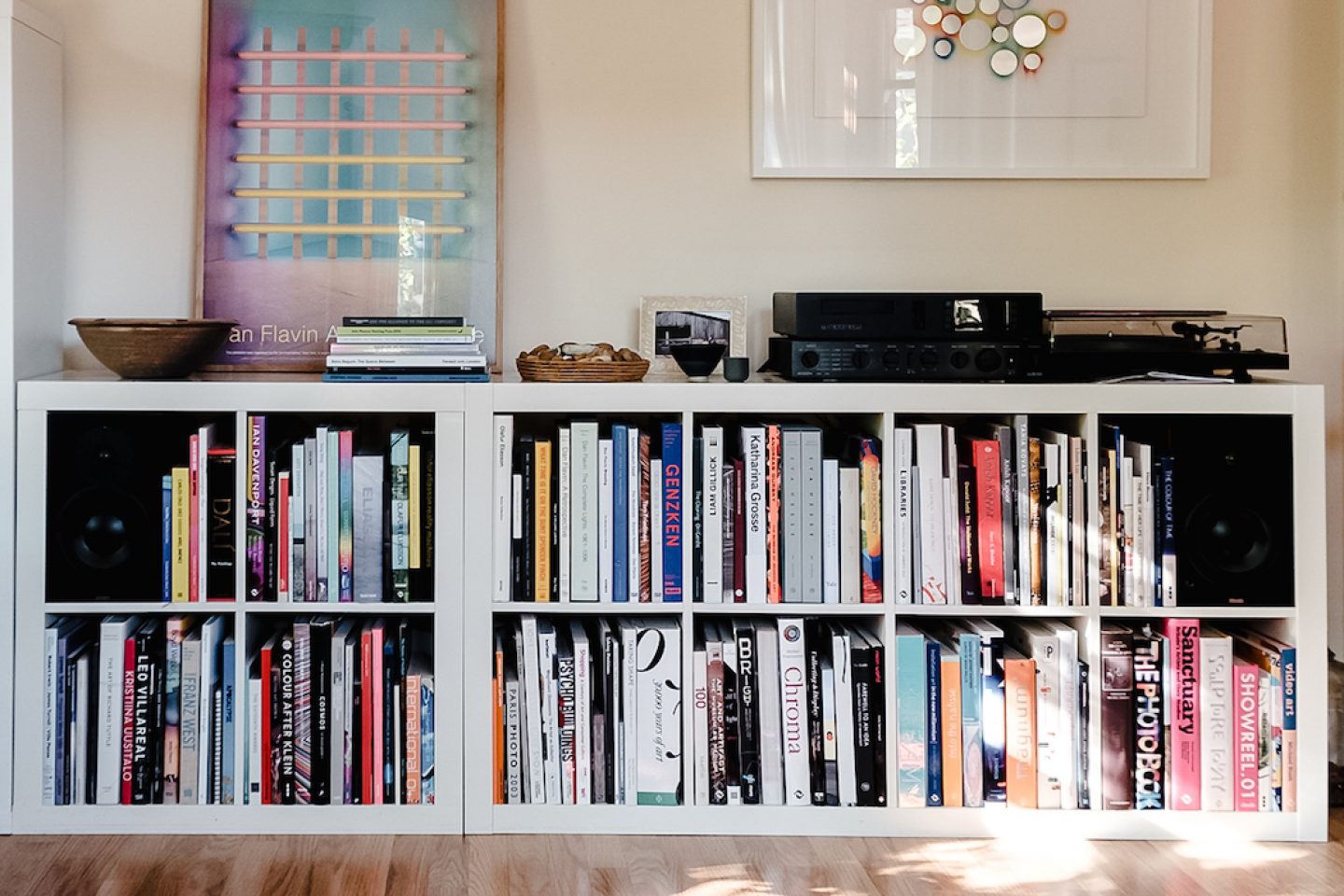
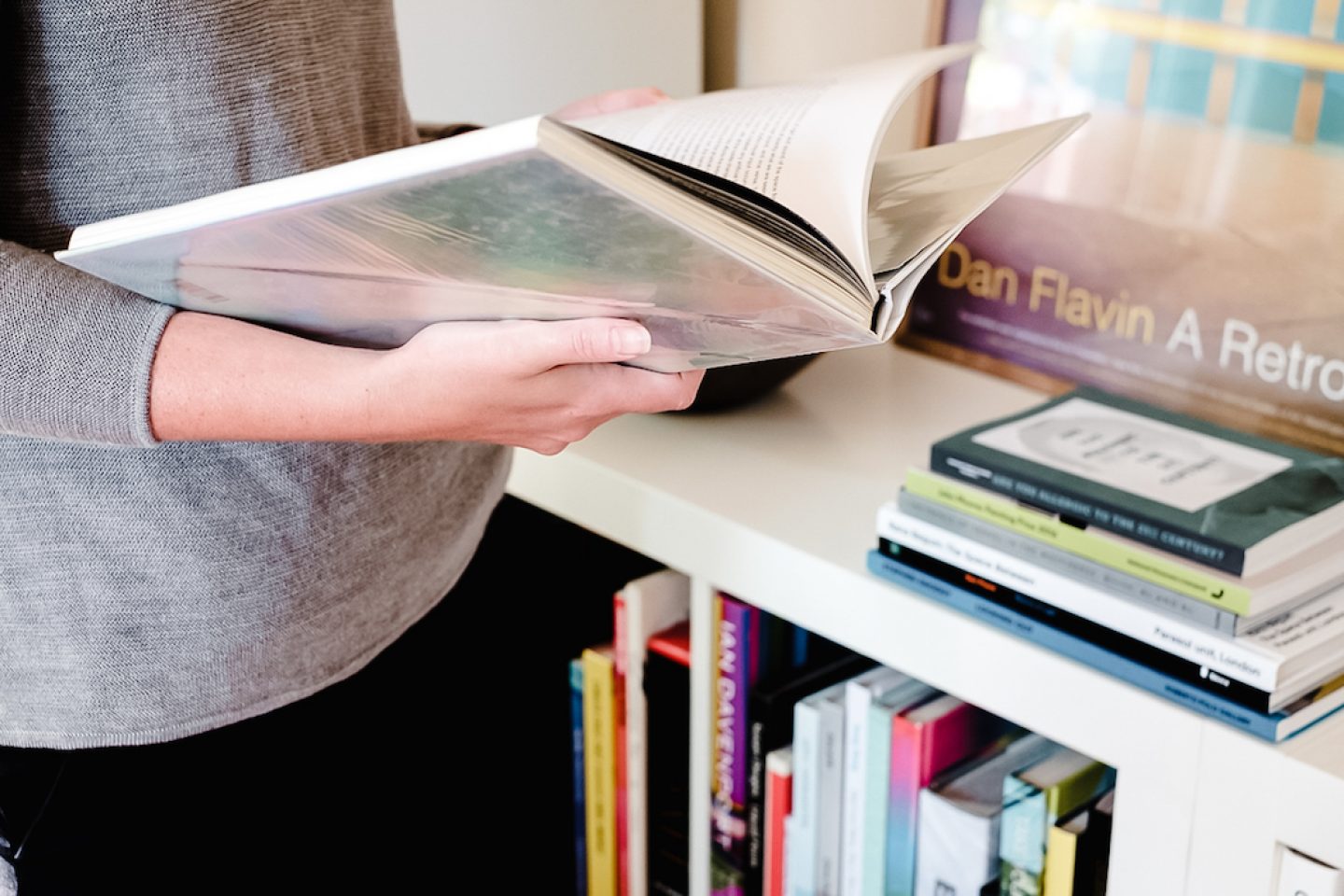
Could you describe your workspace for us? Given that your work focuses on site-specific installations, what role does your desk serve in your practice?
I split my time between my house and my workshop. I am using my studio space less and less, because of the type of art projects I’m working on. The work I’m doing at the moment requires a lot of planning and site visits; as I work collaboratively with manufacturers, my studio doesn’t need to be a fabrication space anymore. It’s more of a storeroom for the light bulbs, maquettes and drawings. It’s also a great place to have meetings with people, because I can pull out samples of materials instead of just talking about them, so it’s easier to demonstrate what I’m thinking about. The space is located in the centre of Manchester, in a Victorian spinning mill. There are still textiles being produced in the mill, so you can hear the machinery above you producing clothes. Three floors of this mill are rented by artists as their studios, so there are ninety artists based in the building. It’s an cocktail of Victorian brickwork and these big industrial machines juxtaposed with minimalist artists spaces that have a utilitarian vibe. It’s quite a weird place to be, but I think what’s good about it is that artist can do what they want with the building, without having too many restrictions. They are welcome to make interventions in the space, for instance. I also have a home office, where I have all my research material, all my books, all my references. It can be tricky as obviously it’s also my home.
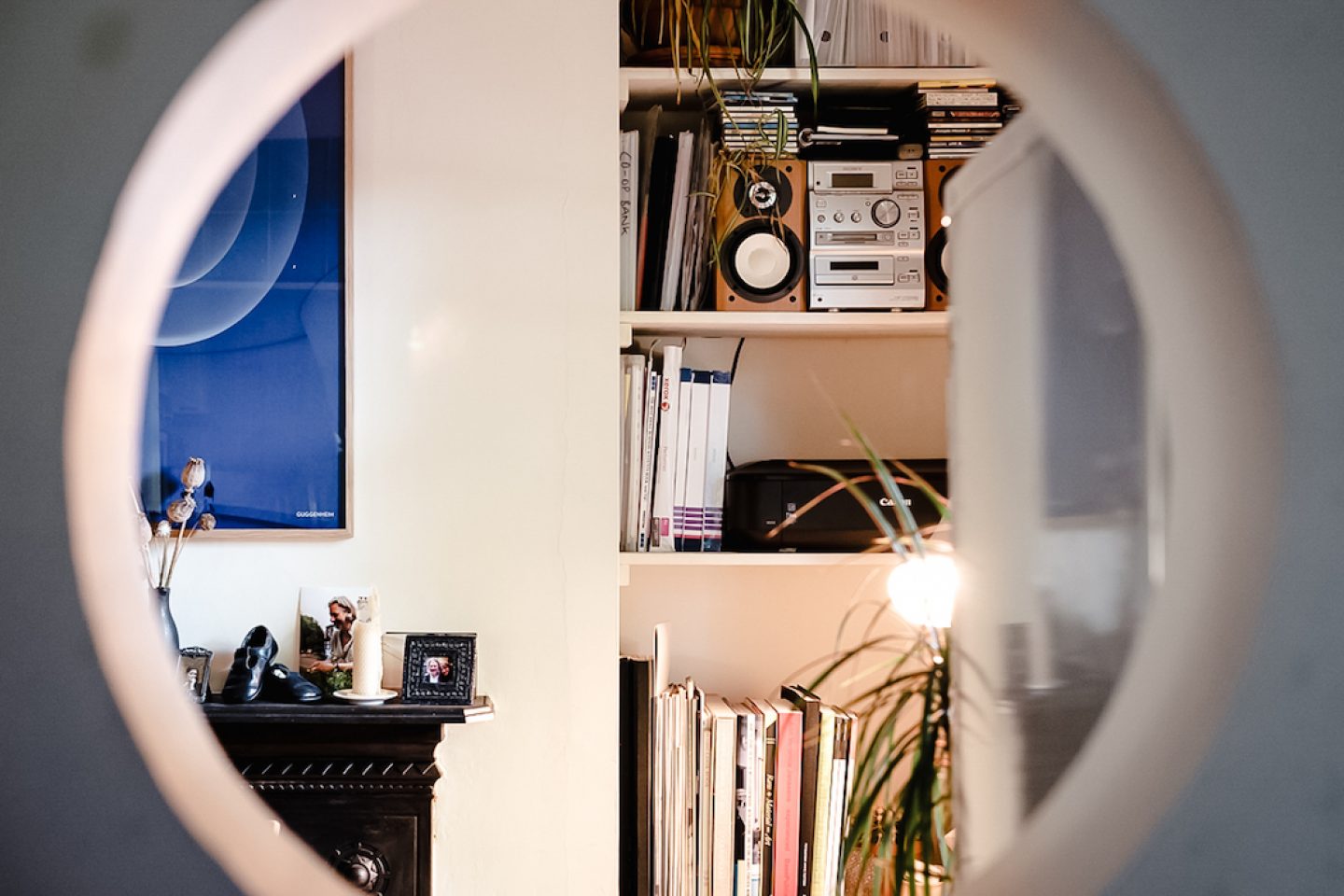
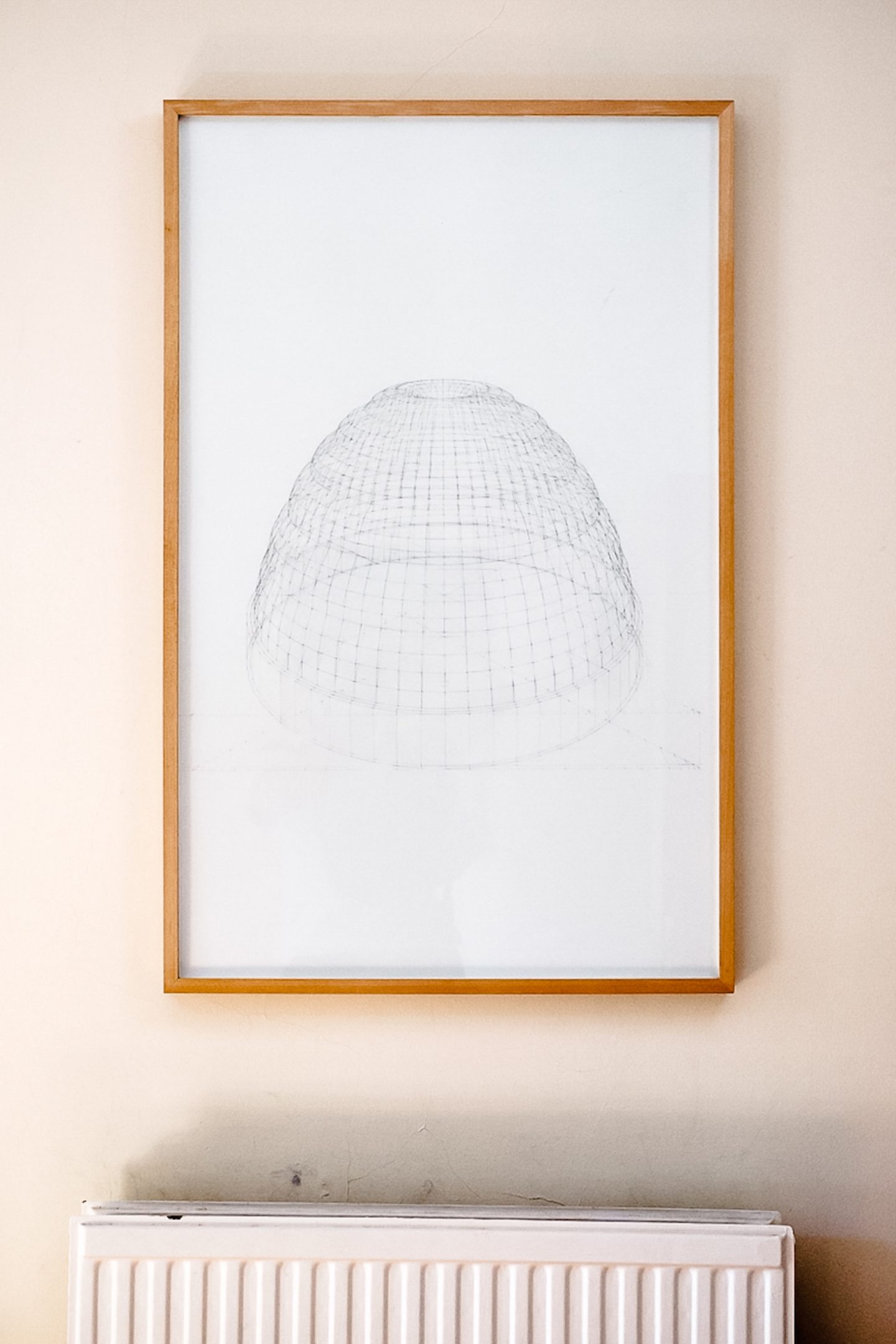
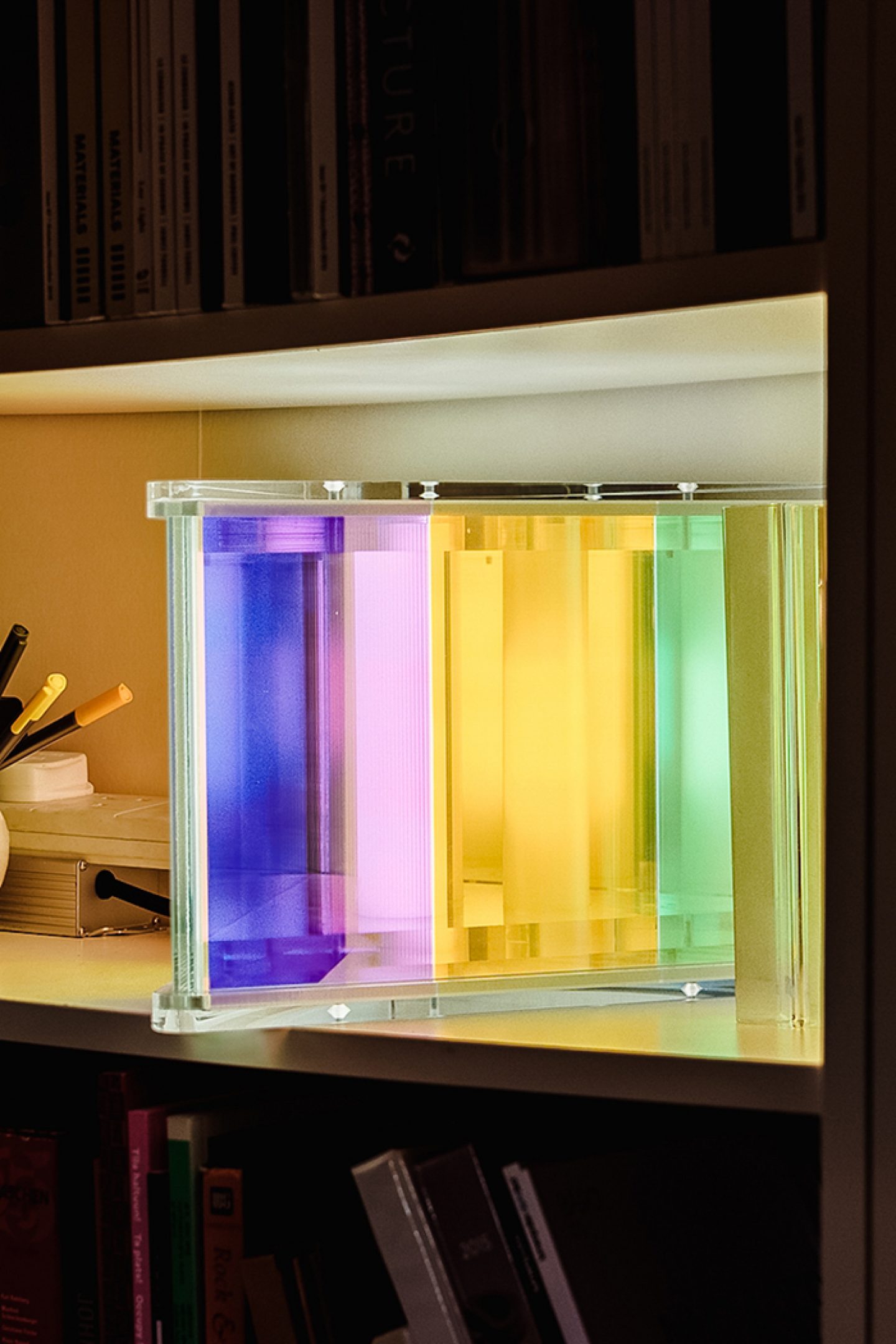
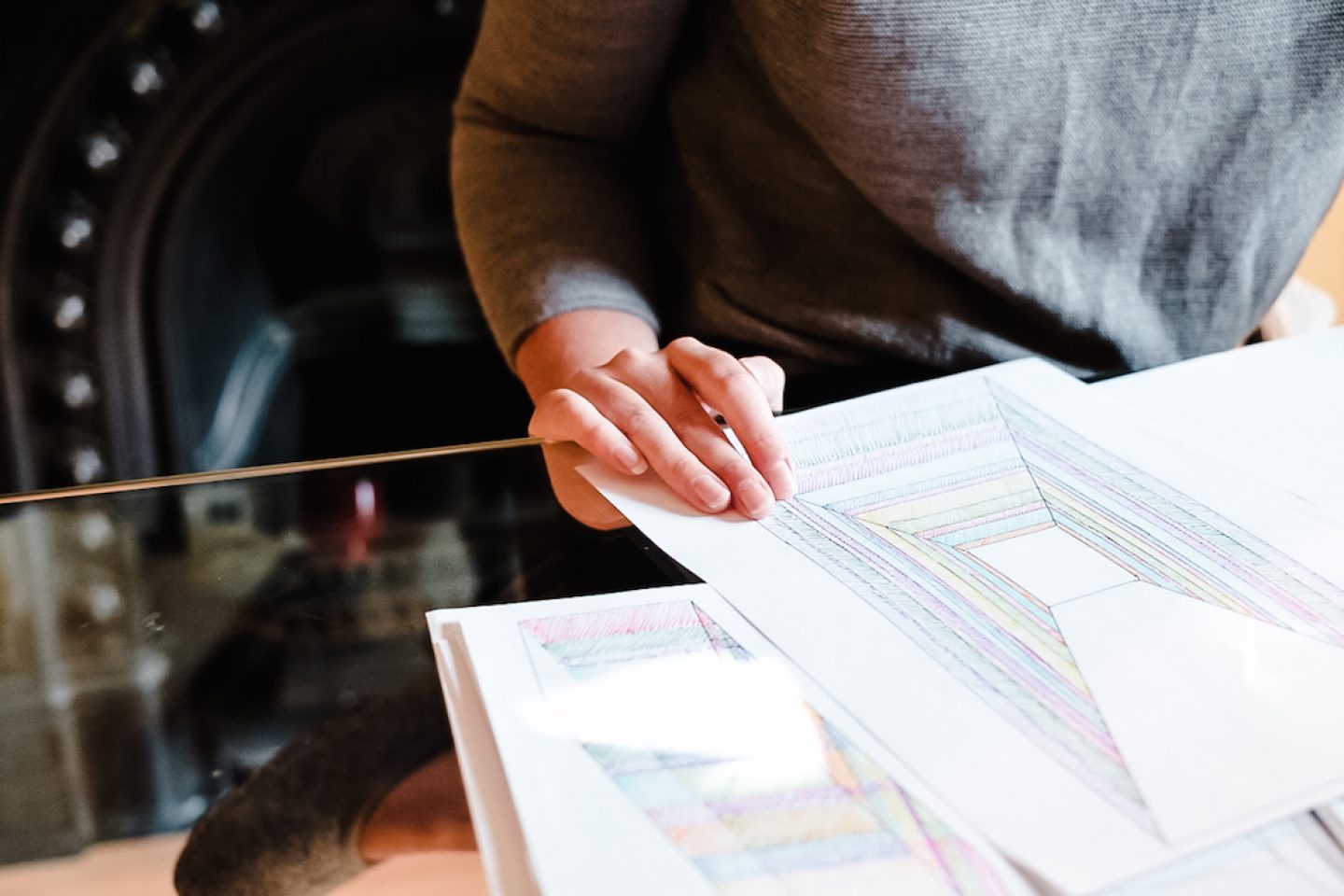
You said that being an artist is a life choice and it’s hard to separate it only as a profession. What about your living space, though? Do you sometimes divide the working and living spaces in your house?
I think it depends on my mood. You’re right, my life is as an artist, so my home is a home of an artist. But I do tend to spend my days at a big desk table with all of my office things close by and books that serve as an important reference for me. My house is definitely my sanctuary, and where I feel most comfortable and most creative. It’s also good to have a desk space to be able to spread out all of my drawings and sketches. I have all my sample books here too, my sample mirrors and plastics attached to a key chain. Having them close to hand makes decisions on color arrangements easier. It’s good to make choices in a nice clean space, whereas my studio is more an industrial mill – there’s water dripping from the ceiling, you can’t really keep there anything there that’s precious. My house is definitely my sanctuary, and where I feel most comfortable and most creative. Thinking about new ideas happens quite easily here because I feel comfortable and relaxed at home, and I think being relaxed is conducive to good ideas. But on the other hand, my living room, where I’m right now, is more of a reflective space for me. I go there to get away from my office.
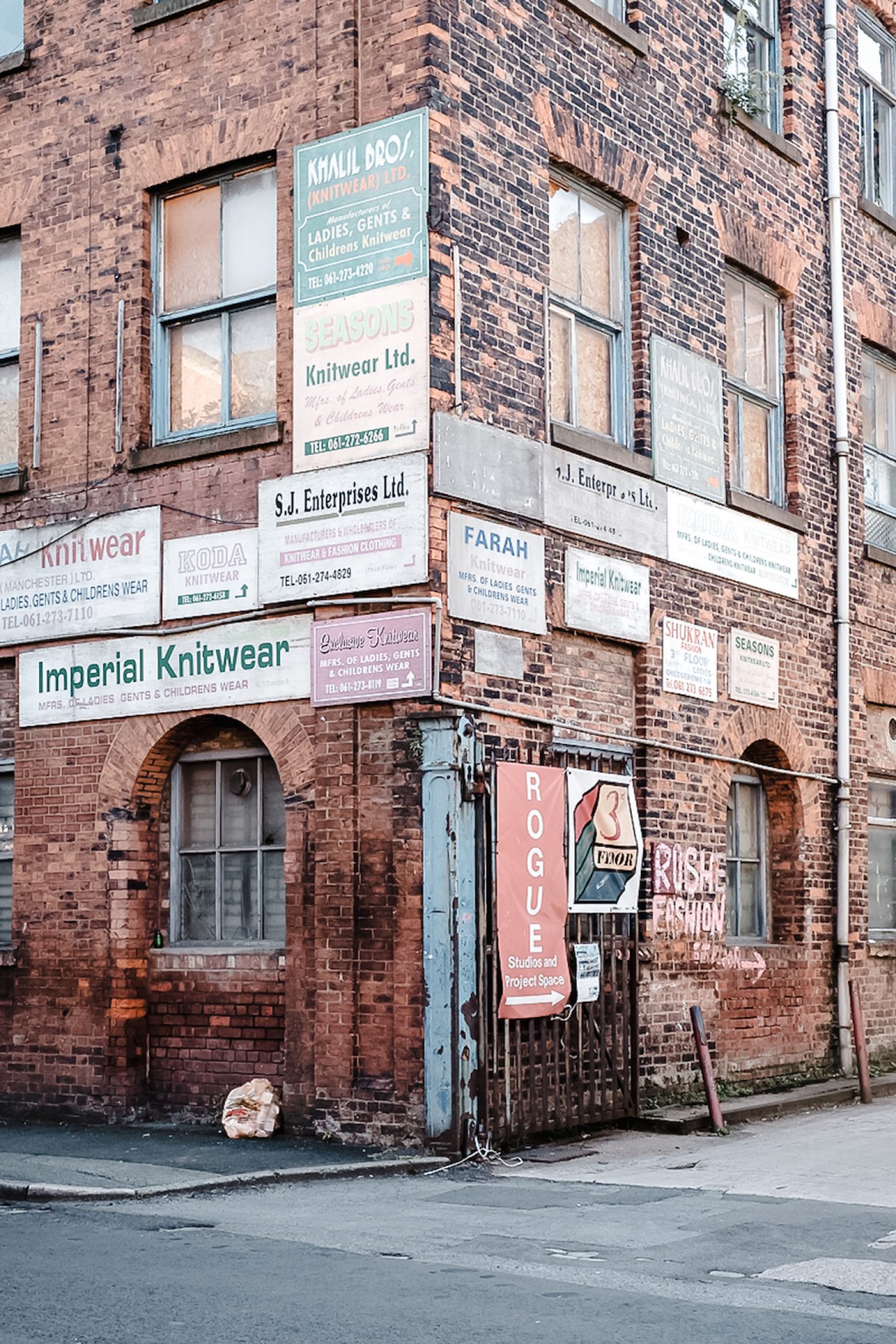
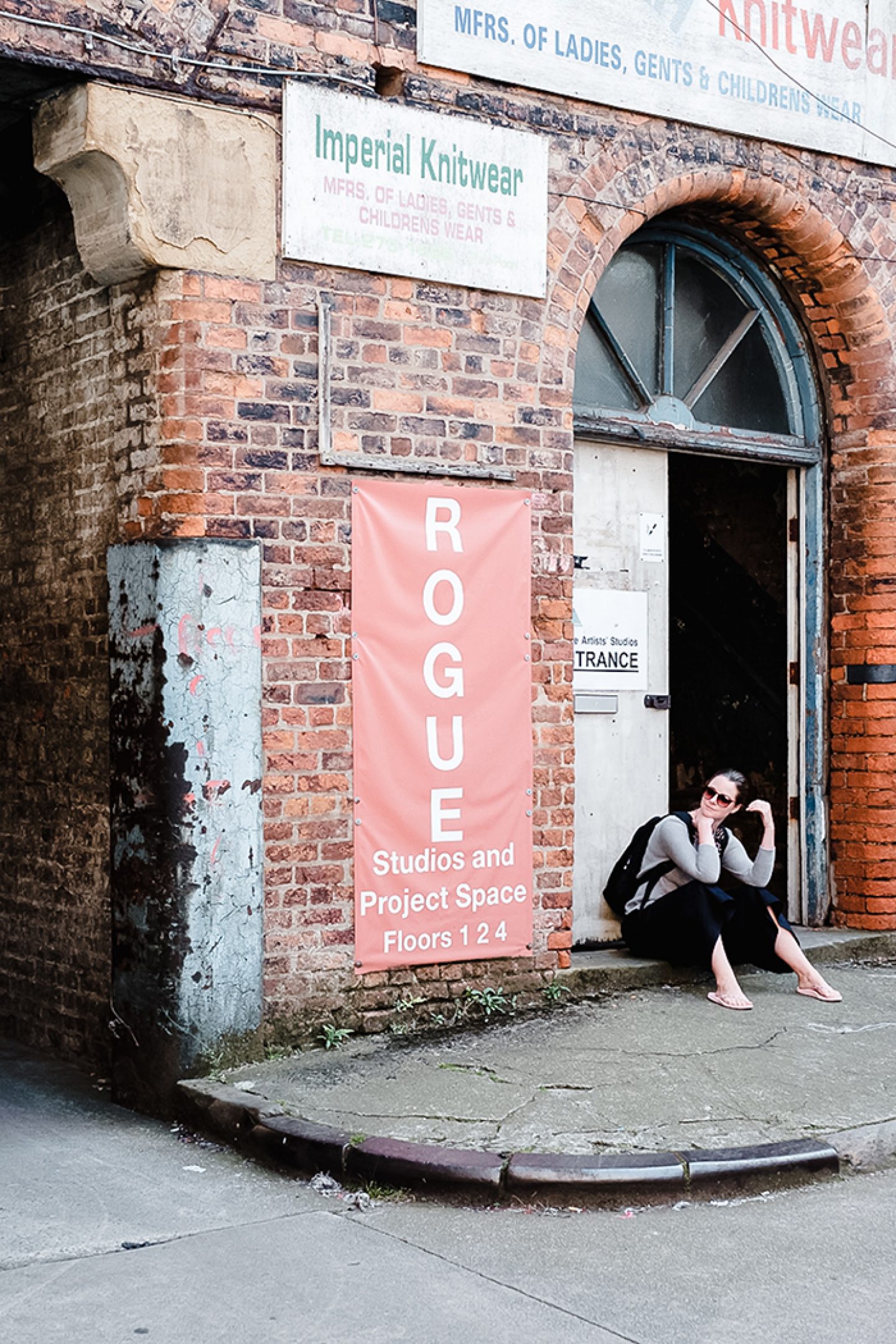
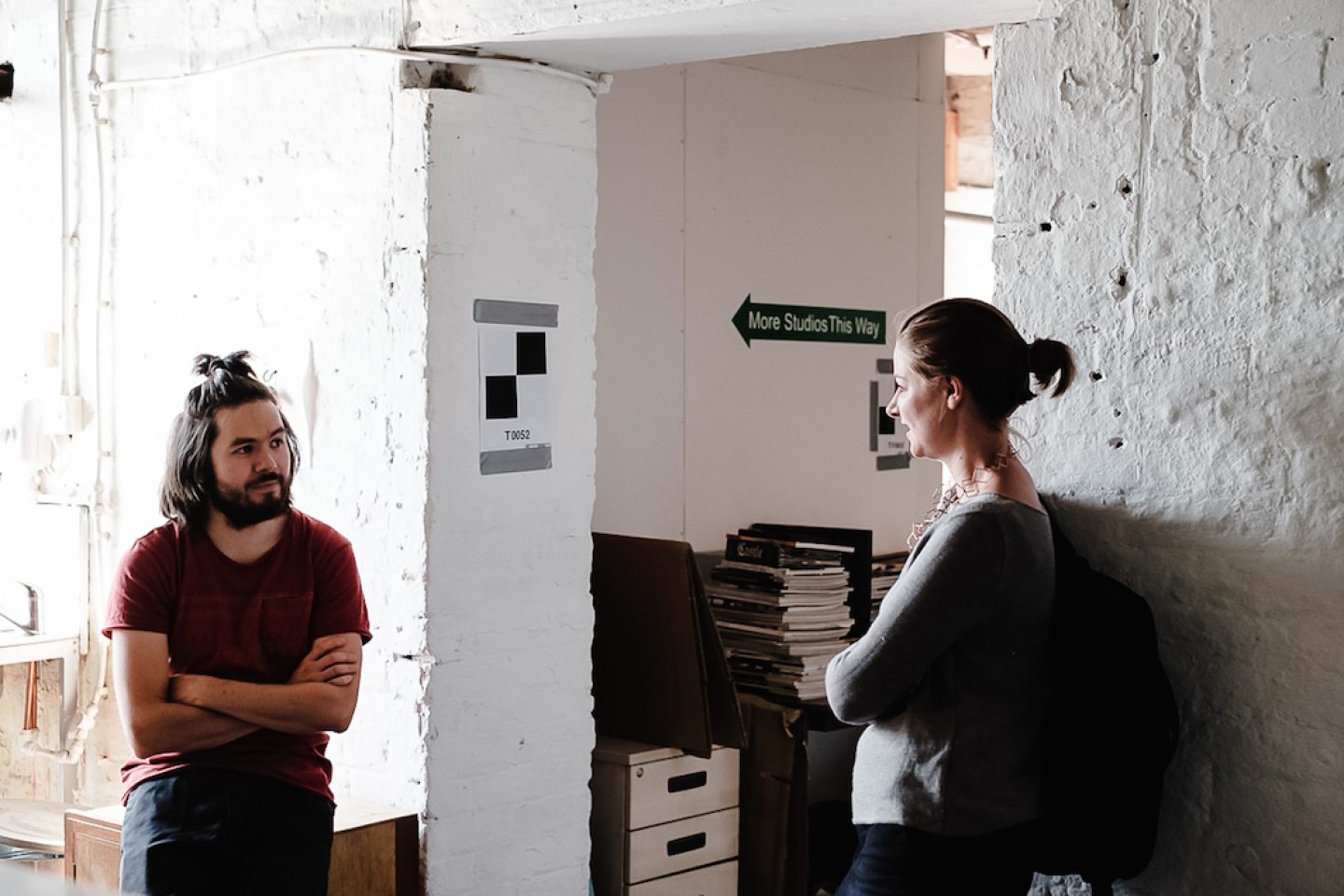
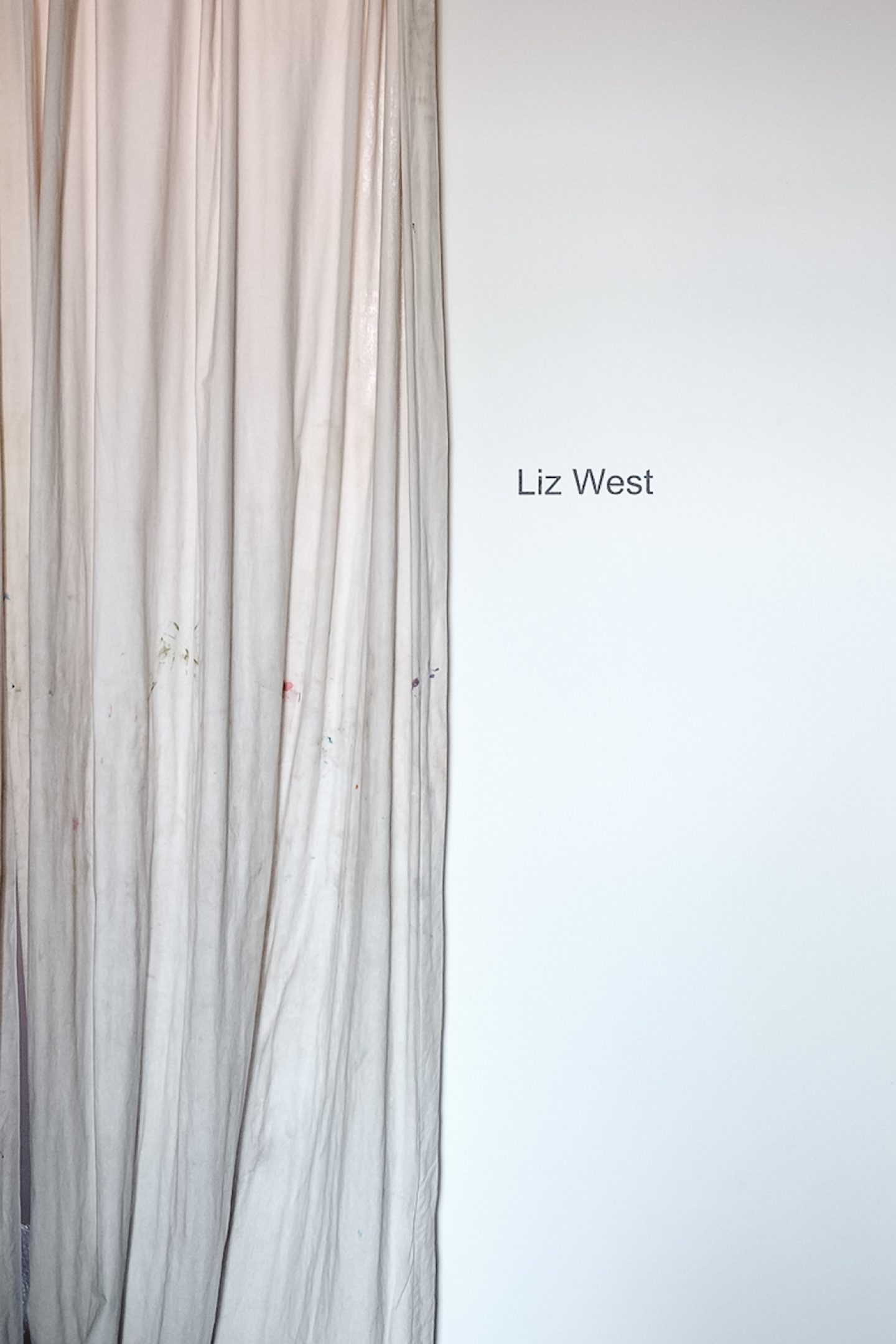
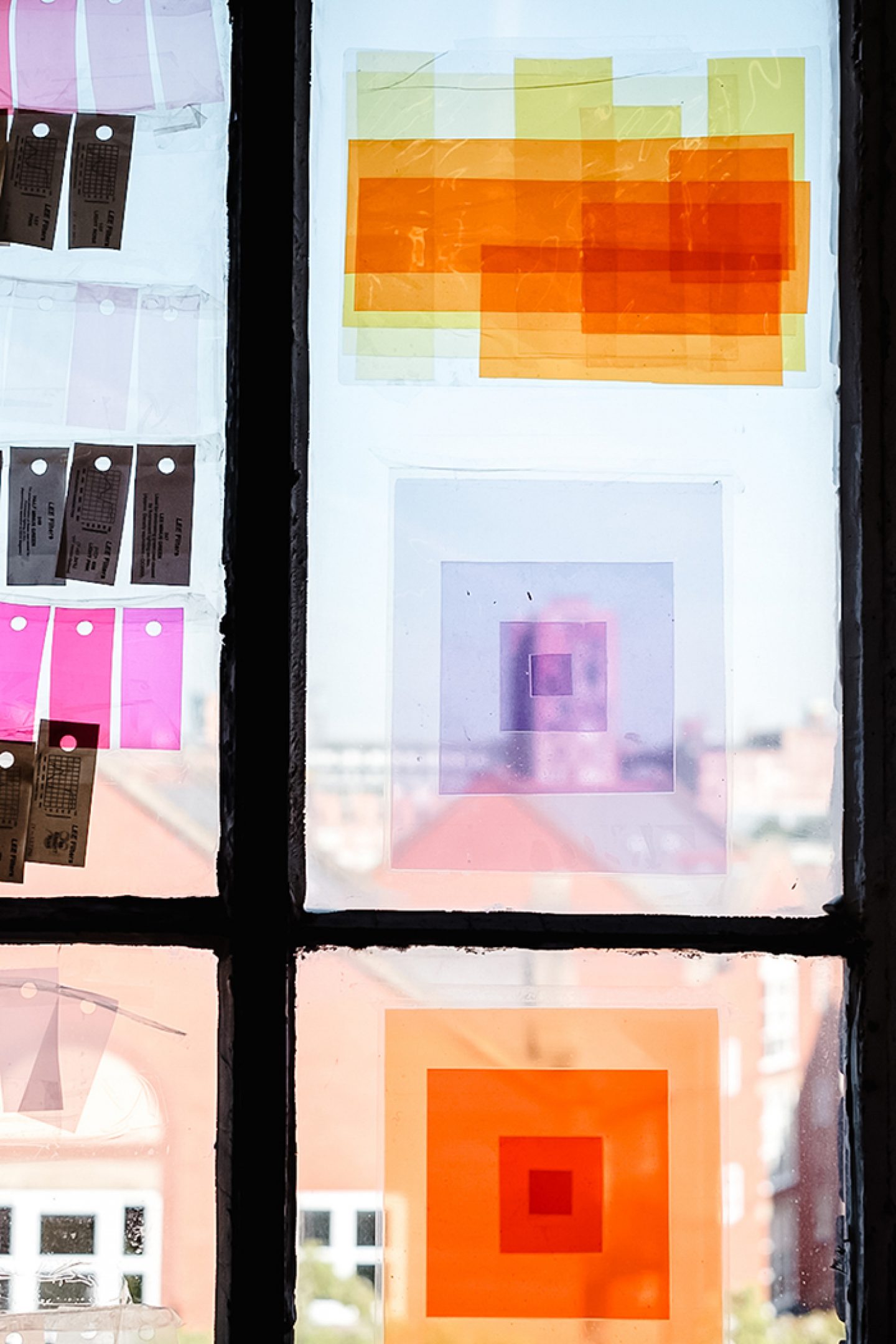
Could you take us through your creative process? Is it the idea that comes first and then you look for a space, or the other way round?
It can happen in a variety of ways. I usually either find an opportunity that I’d like to work on and put together a proposal for or I might be interviewed and then selected. I usually either find an opportunity that I’d like to work on and put together a proposal for or I might be interviewed and then selected. I make site visits either before the proposal or once I’ve been selected. I regularly get ideas after site visits because then I can imagine what will be surrounding the work.Quite often my work is a collaboration, with many people involved, including; engineers, architects, fabricators, producers and curators.Sometimes I am restricted by a brief but other times I am given absolute freedom to do whatever I like. Either way you have to be very flexible, you take off and put on many, many different hats all the time. My absolute favorite method of working is when I’m in a meeting with my fabricator and we try to think of really amazing solutions. I feel like I’m working with really good and fun people.
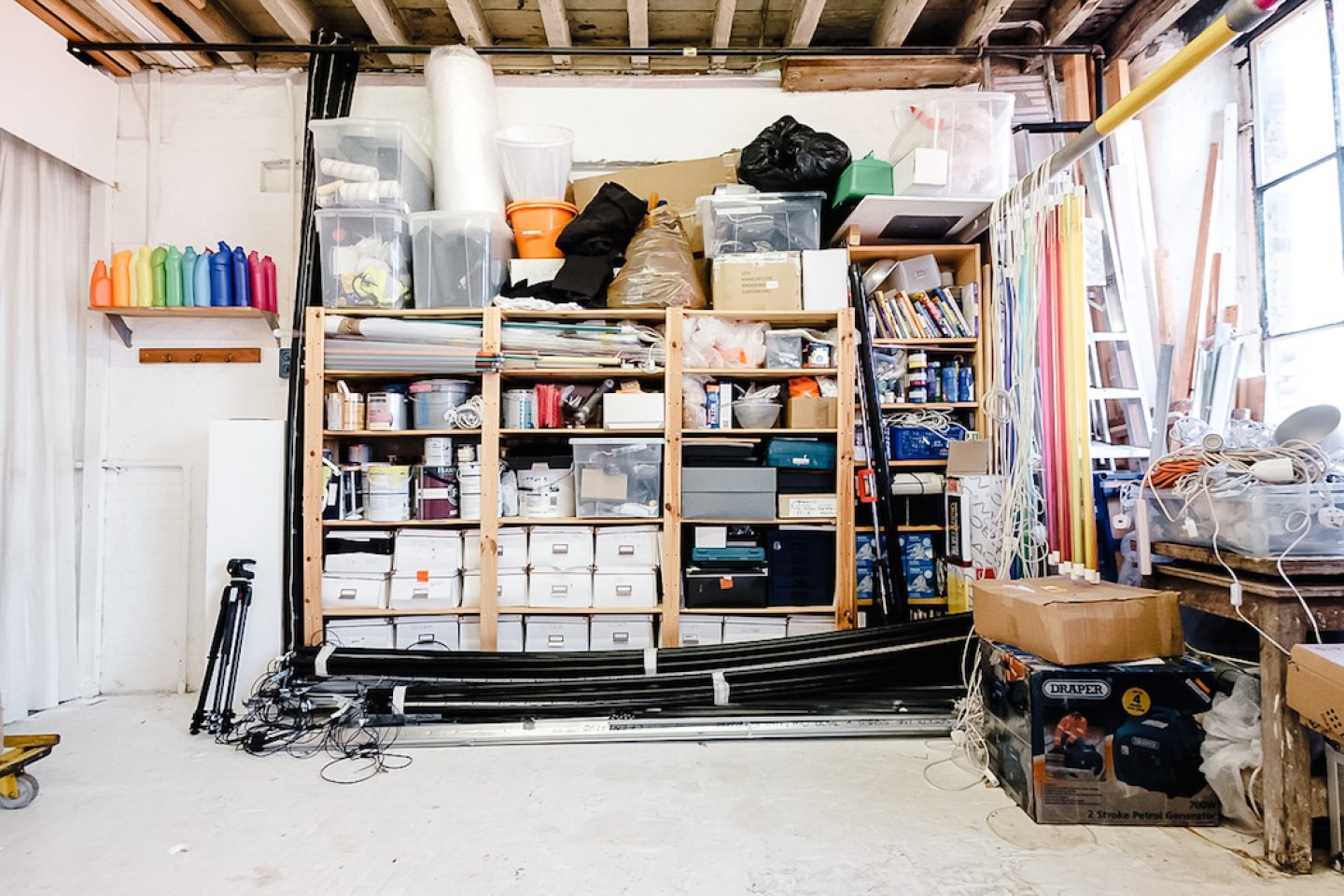
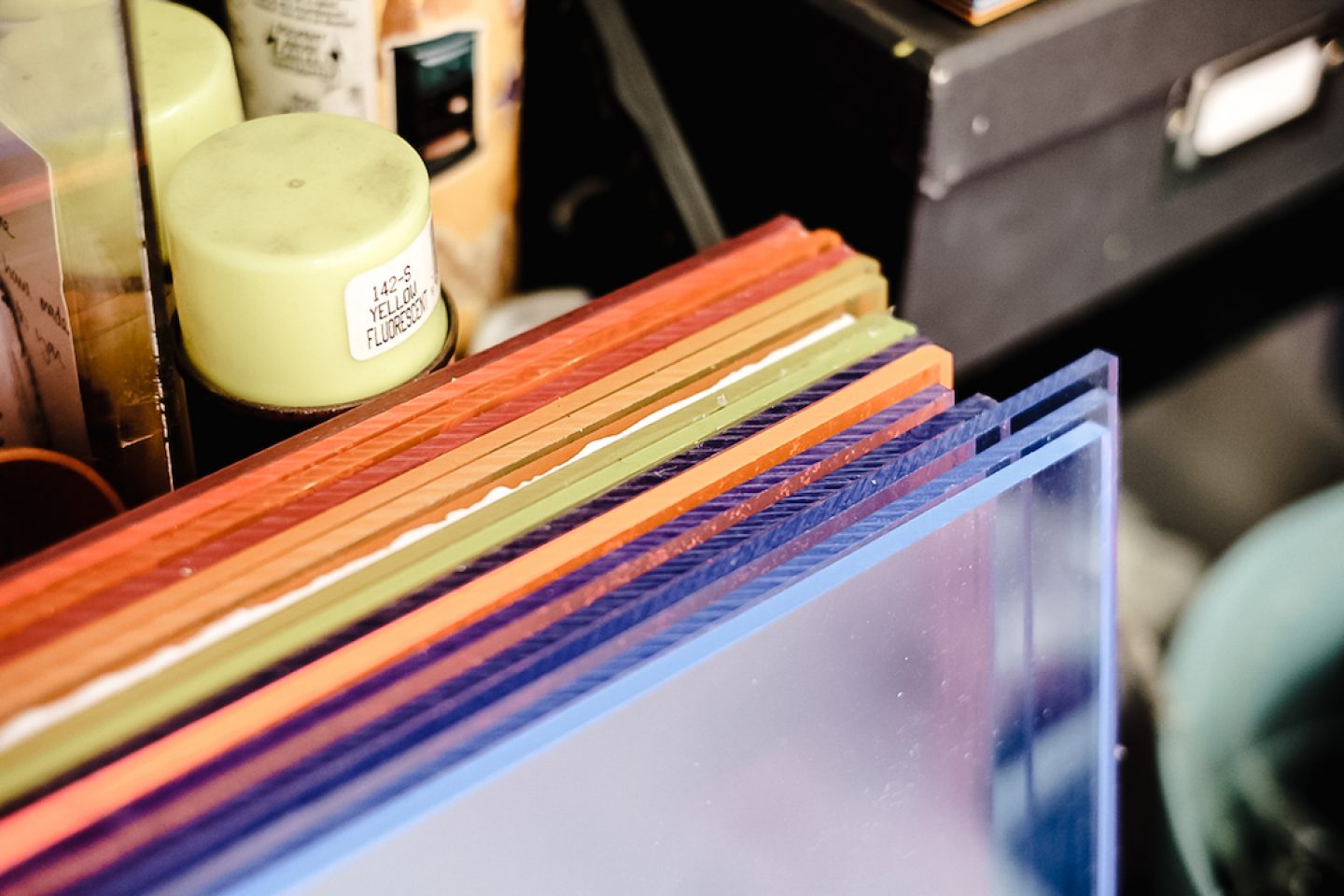
What are the elements of the site that you find important while planning the installation? What do you pay most attention to?
It absolutely depends on the opportunity, sometimes I respond to a brief, other times I will take note of what restrictions I have been given. For example, I’m working on a commission at the moment, where the work will be suspended, so I have to focus on what’s that going to do with the space, how can I make it for not look like a chandelier. I have to find a balance, for instance, I will be looking to see in which direction the sun’s moving around the building, where you’re going to see dusk from, if it’s a permanent or temporary piece.
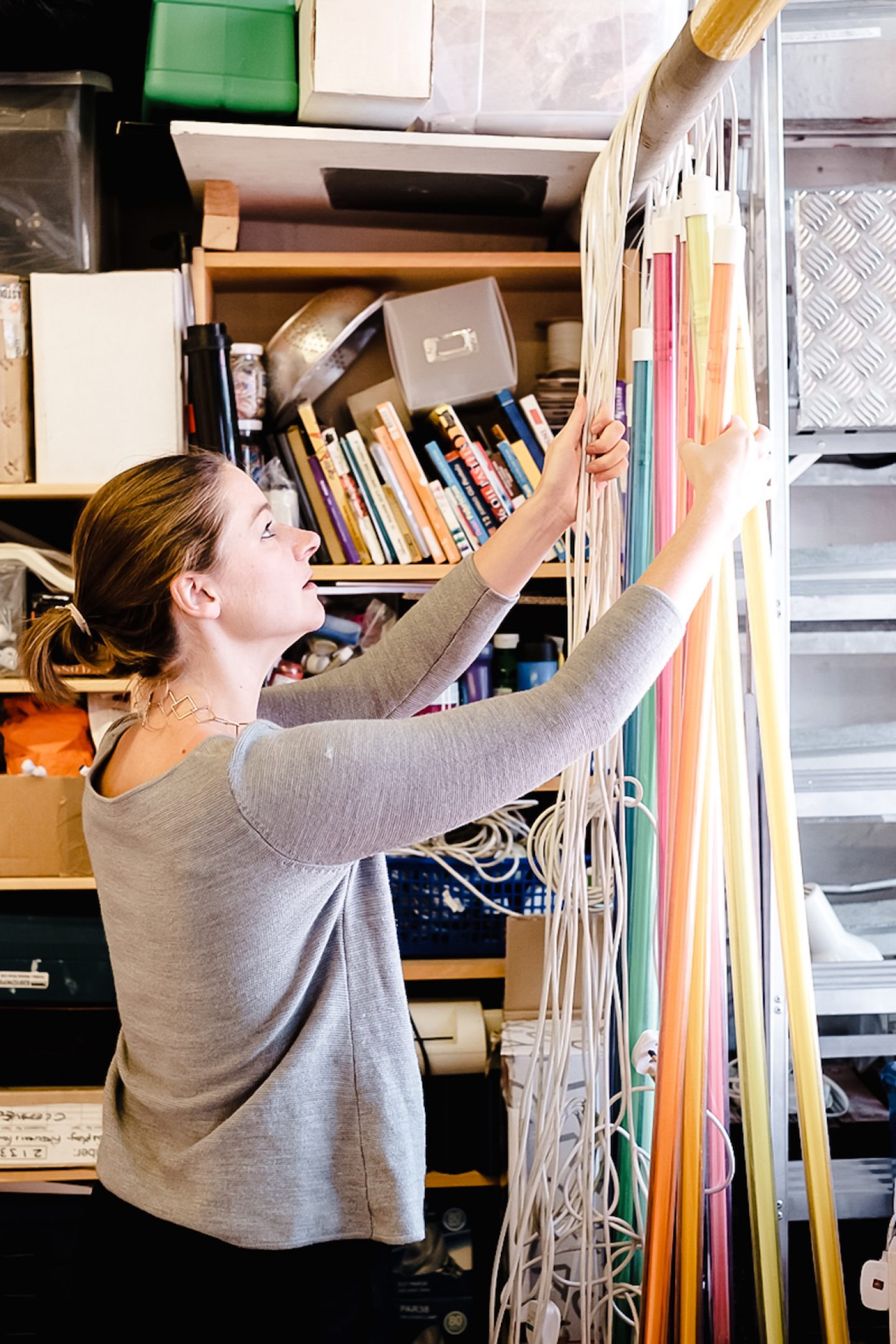
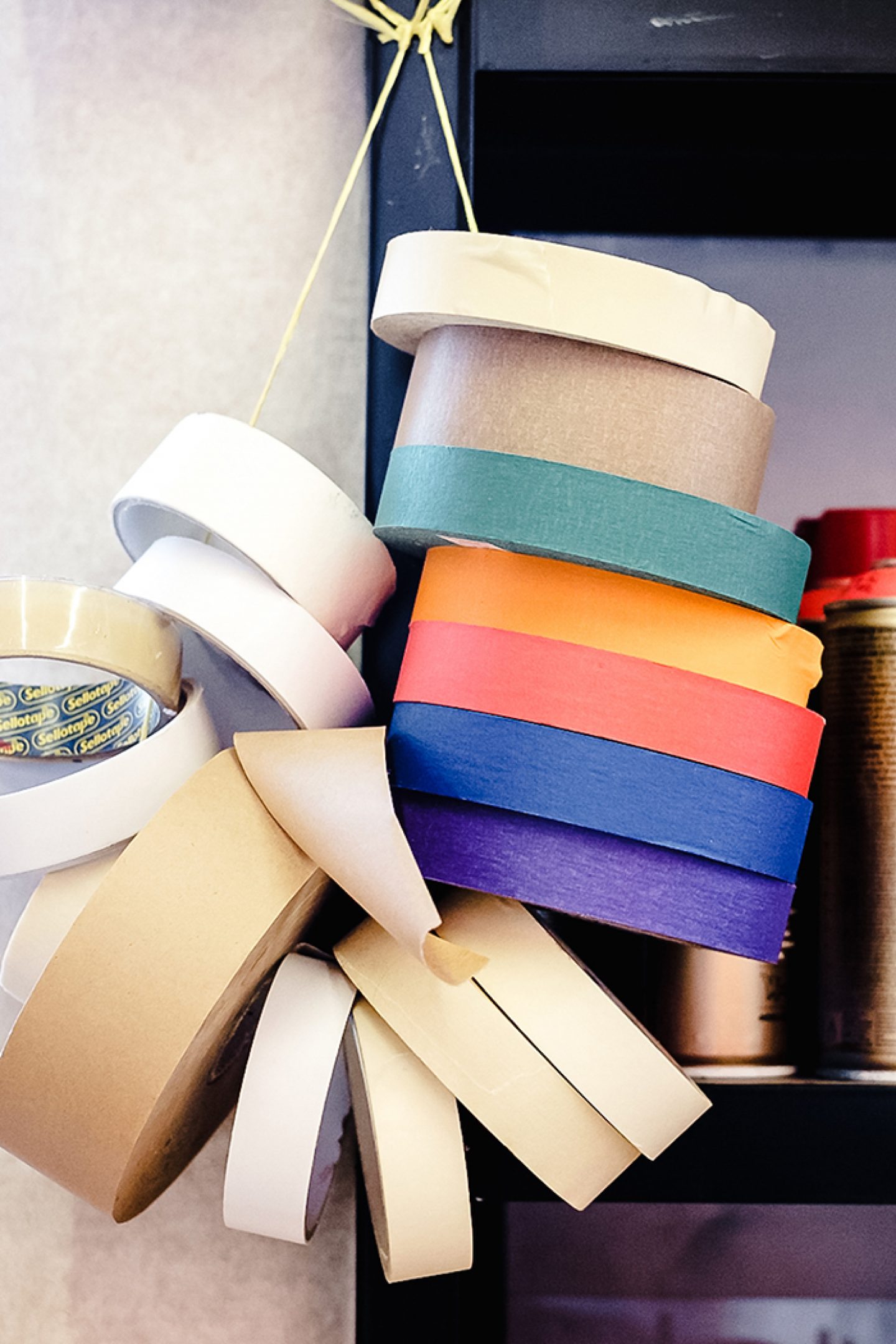
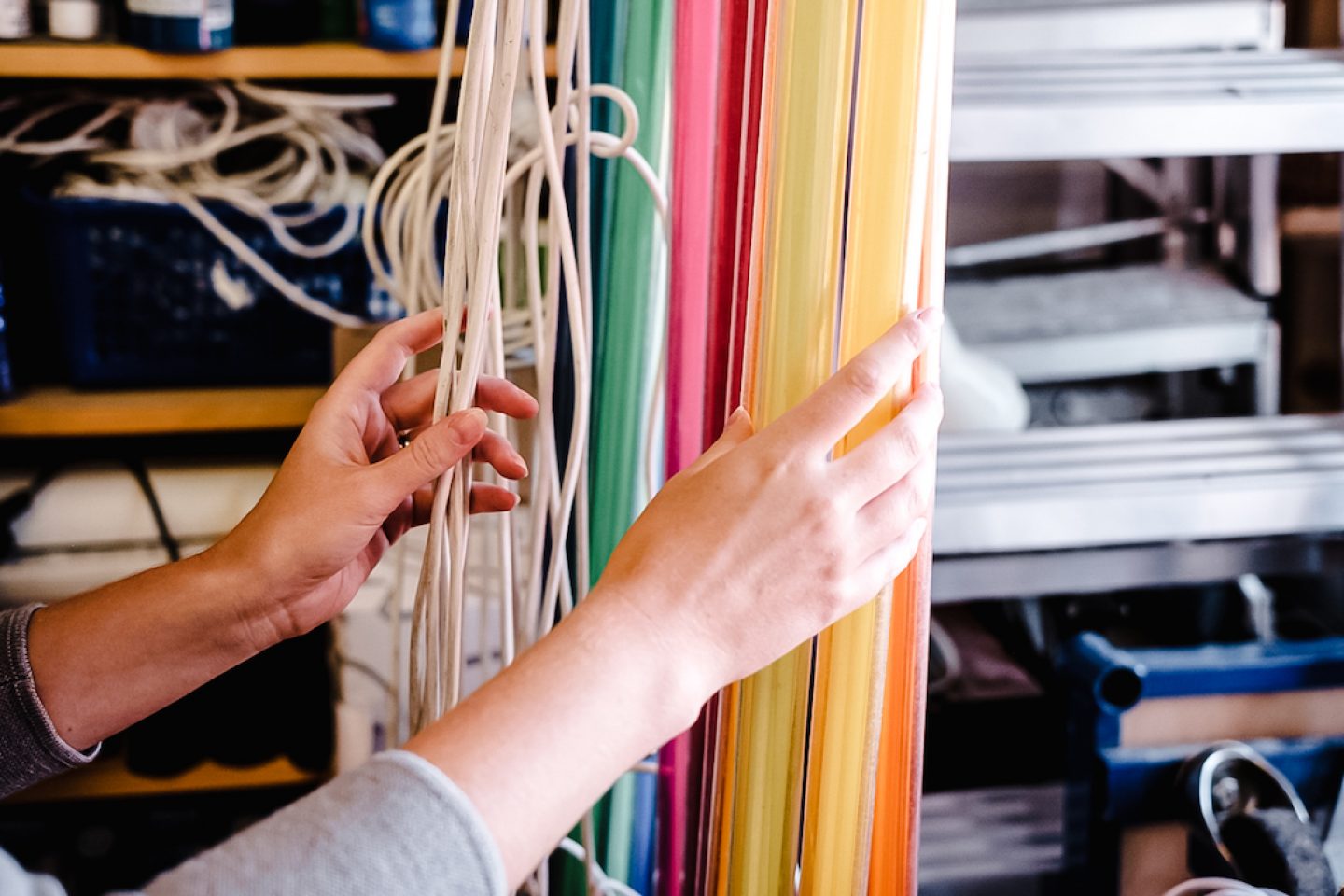
What’s the difference between your permanent and temporary pieces?
None really, as I make everything to the quality of a permanent piece, as my fabricators and I are perfectionists. In terms of materials, on a very rare occasion, if the work is temporary you can get away with slightly more ephemeral materials, for example filters that have a life cycle of a year before the colors start to fade. Also, if it’s temporary, I need to consider what time of year it’s going to be. Once I made a piece in January, and it and it would become dark at 3 o’clock in the afternoon, so I made the most of that darkness. I often focus on architecture.

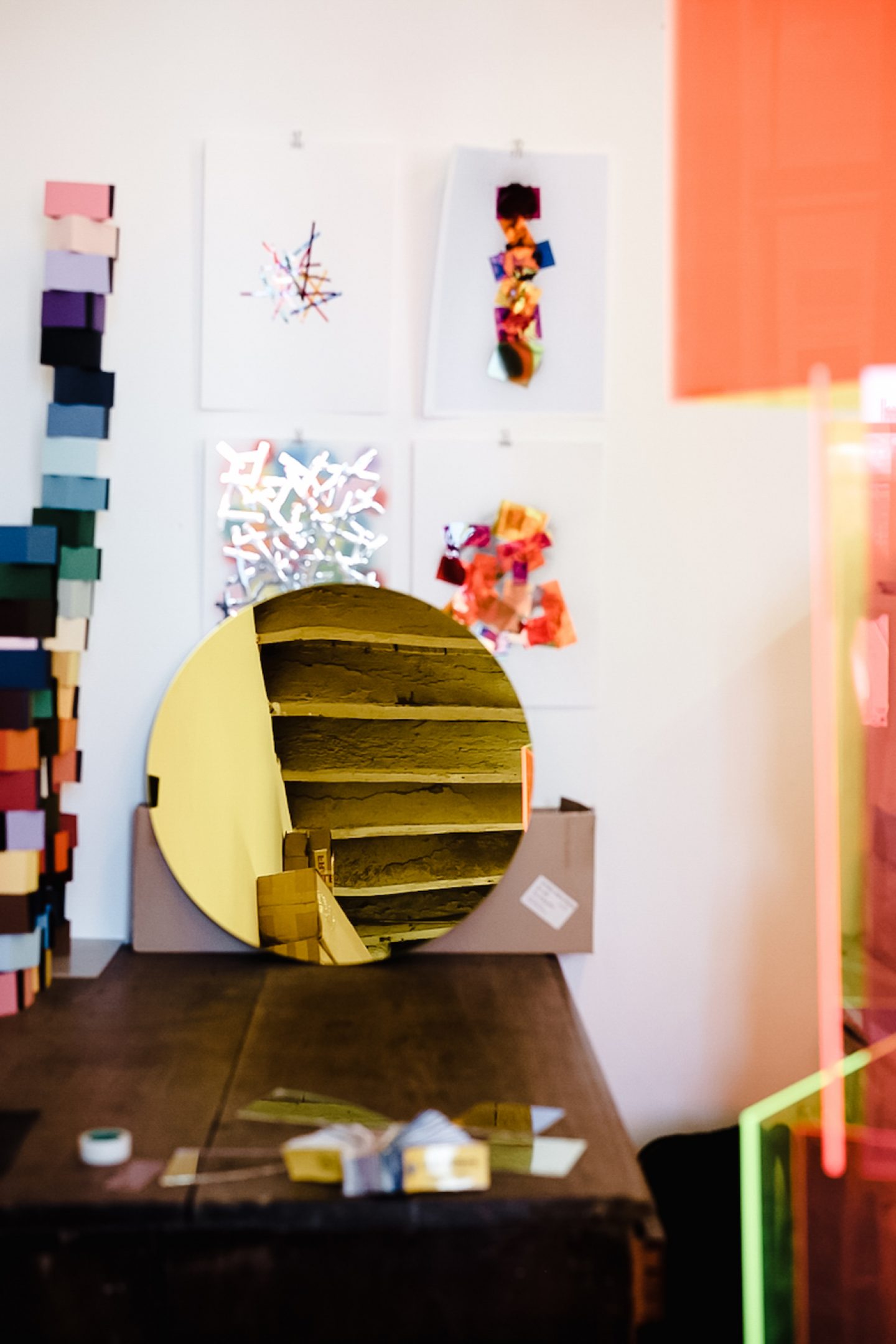
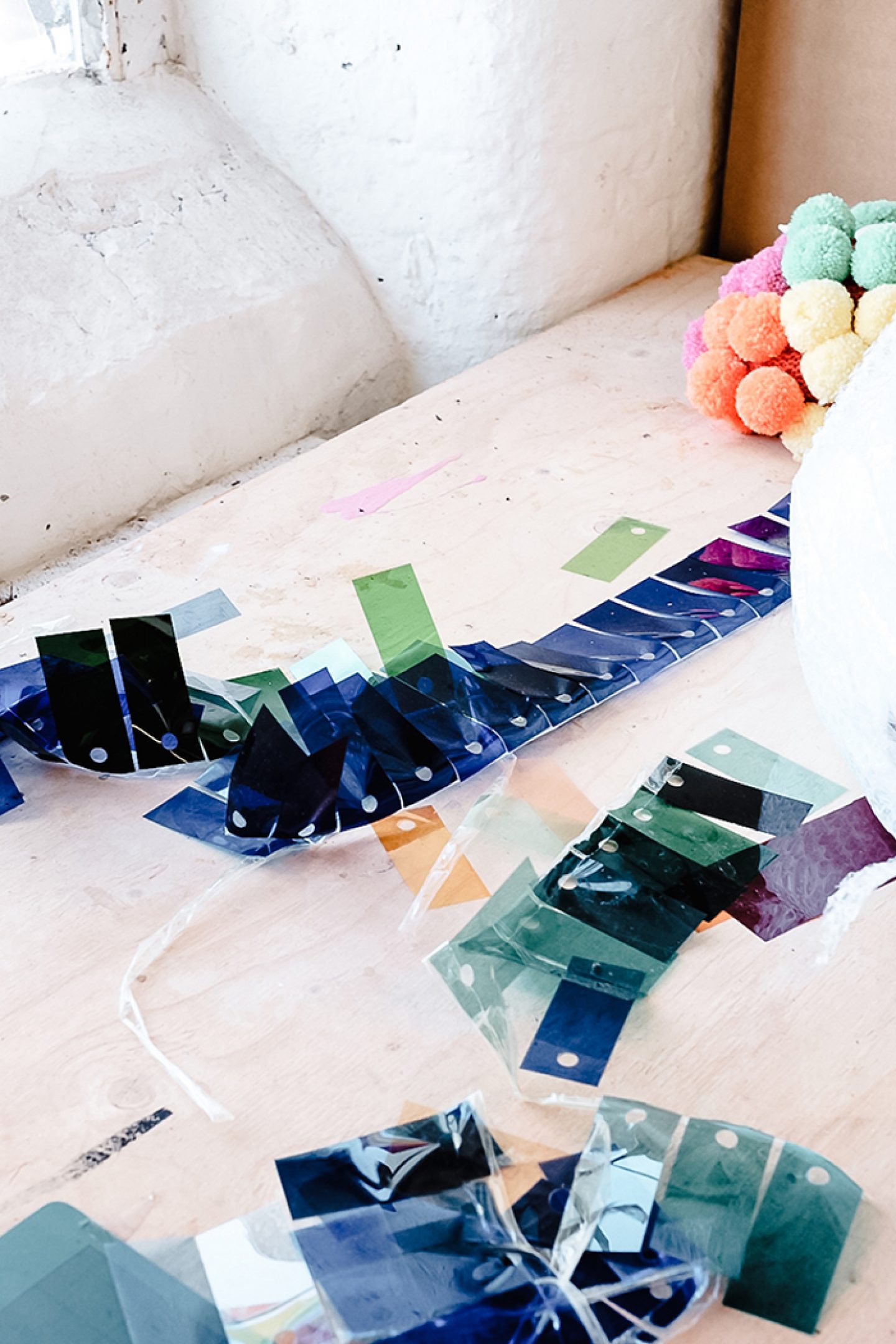
Do you prefer to work with any specific forms of architecture?
I don’t have a favorite type of site to work with – as long as it offers me an interesting starting point that is strong; visually, formally, conceptually, socially or historically. I have just opened a solo exhibition at National Trust property Little Moreton Hall. It’s a Tudor mansion: it is visually very rich with black and white exterior and wooden panelling inside every room. What I have made is totally the opposite to that; very minimal and modern. My way of responding to that space was to juxtapose materials and forms that literally reflective the building. But I also love the modern. I just love everything, you know. I don’t have favorites.
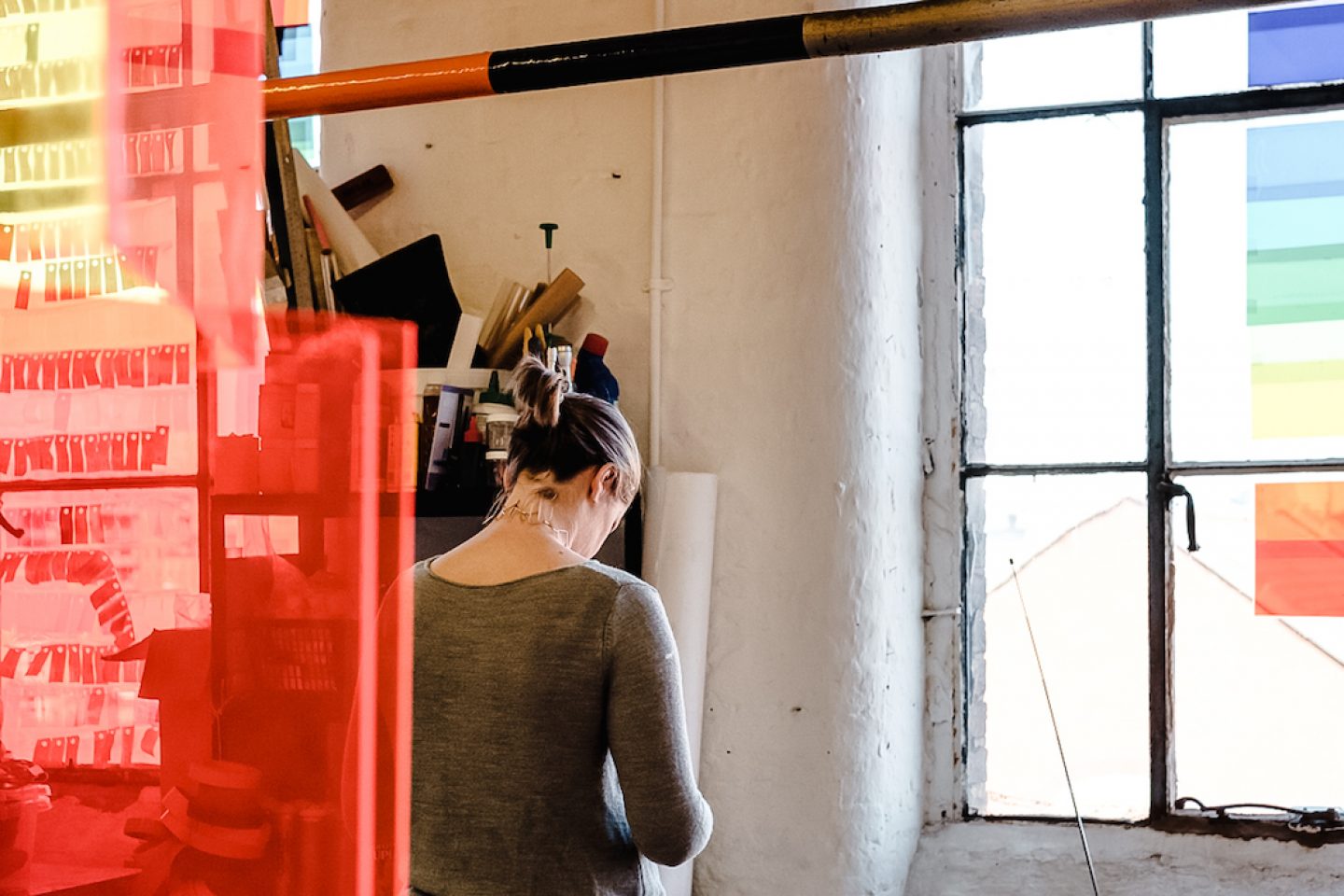
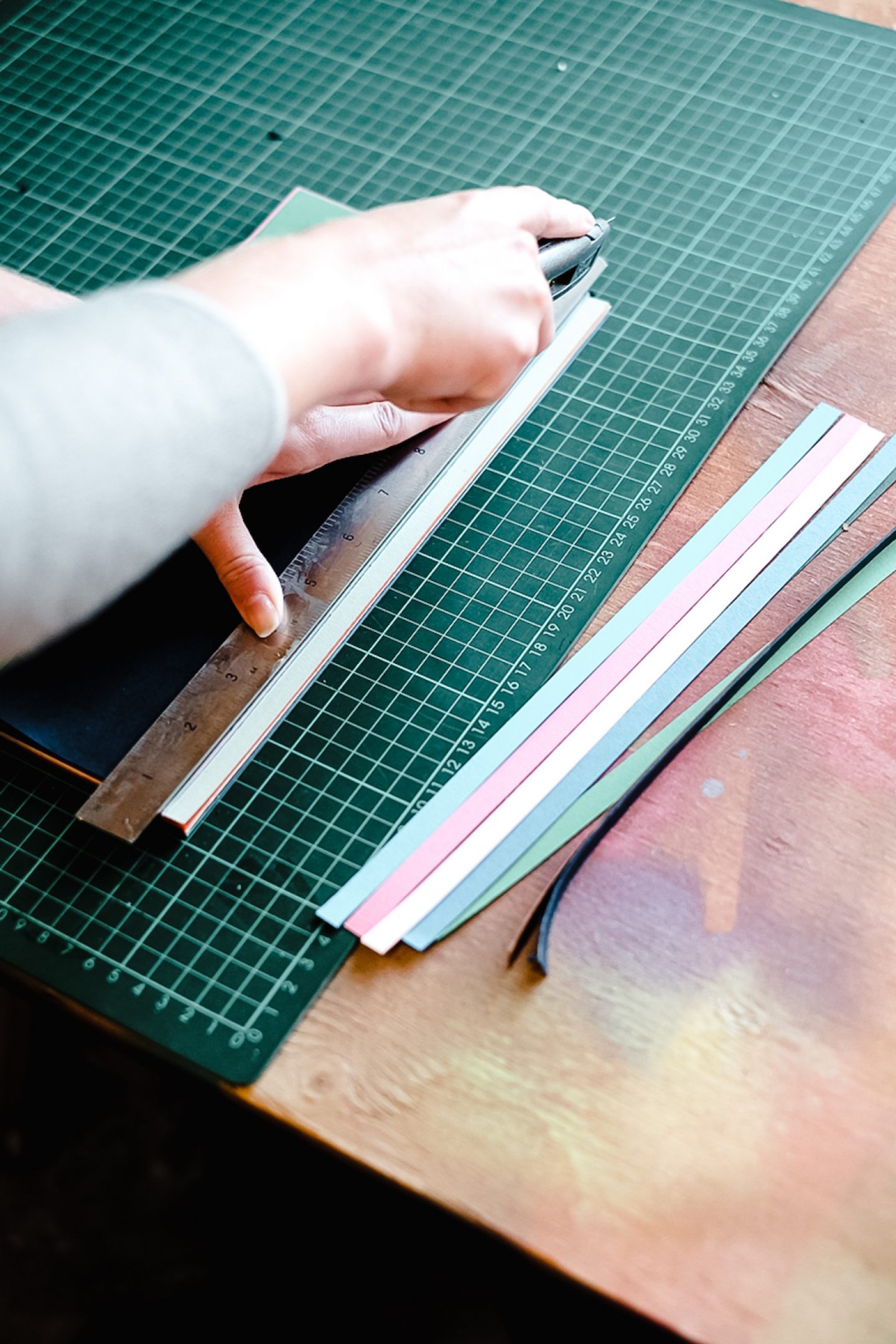
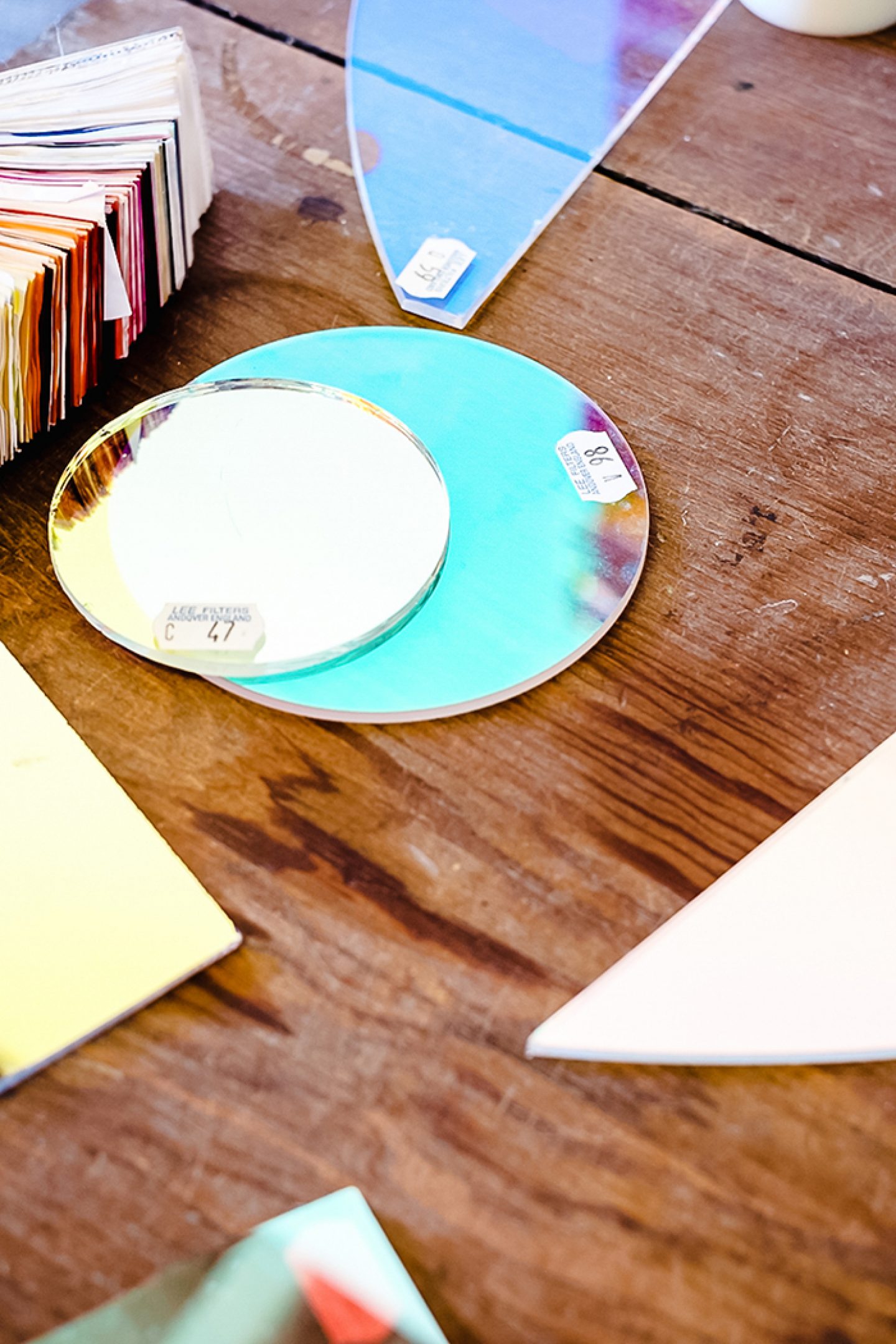
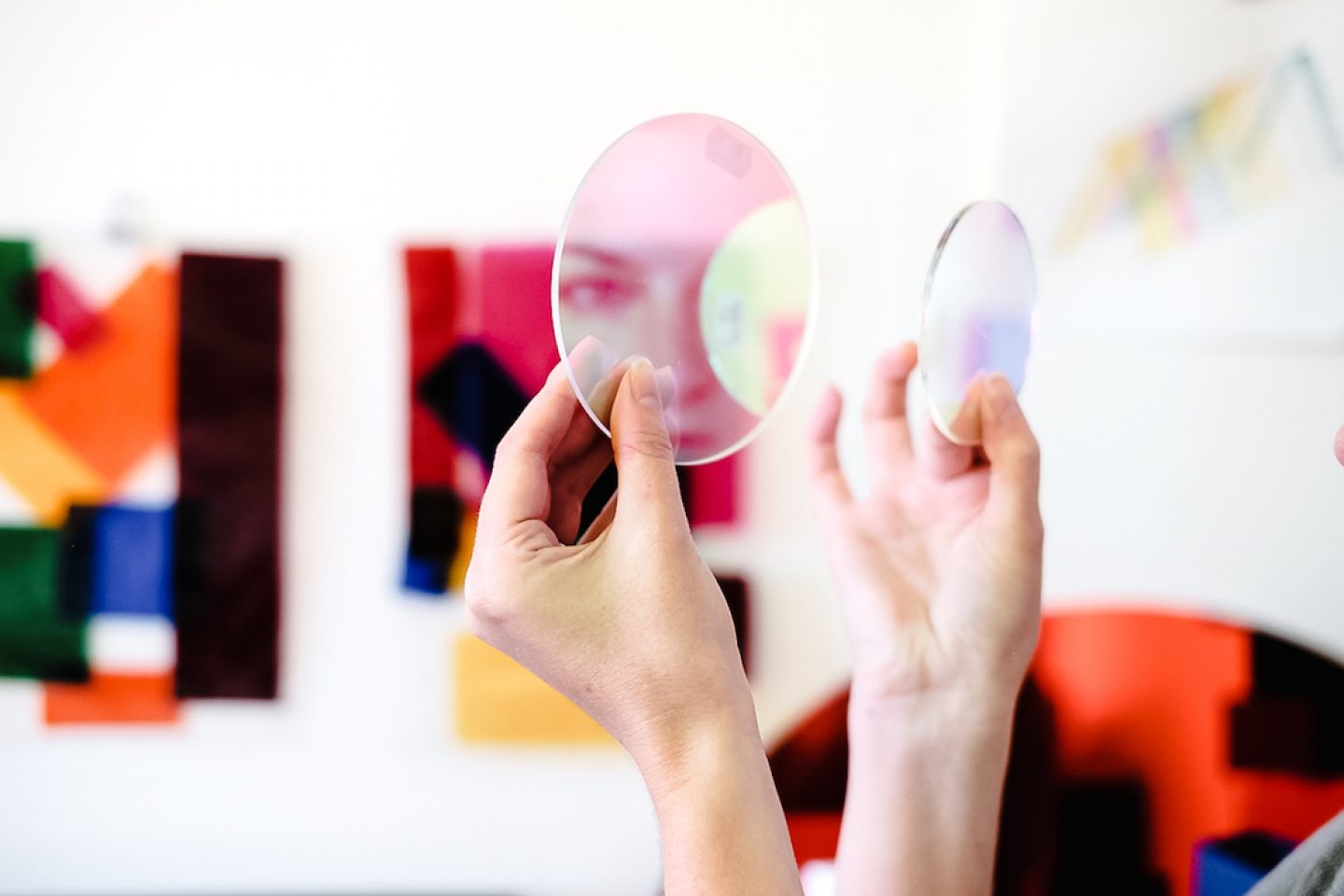
Do science and technology play an important role in your artistic research?
I learned color theory before I could read, and I’m always drowning in scientific color theory to the work, reading about it all the time to immerse myself in the knowledge. However, lots of what I learned was through doing, by making experiments with light and color in my studio or on site. Because you can read about it on paper, but when you actually put it in real life and see what happens, it becomes more tangible and it’s more likely to understand it as you become a mark within that experiment. If you look at my works, I’m taking exactly that principle and put the viewer in the centre of that phenomenon. But yes, I’m always learning. I like having things in my hands, I like to see what they do. I read a lot, but I play a lot, too.
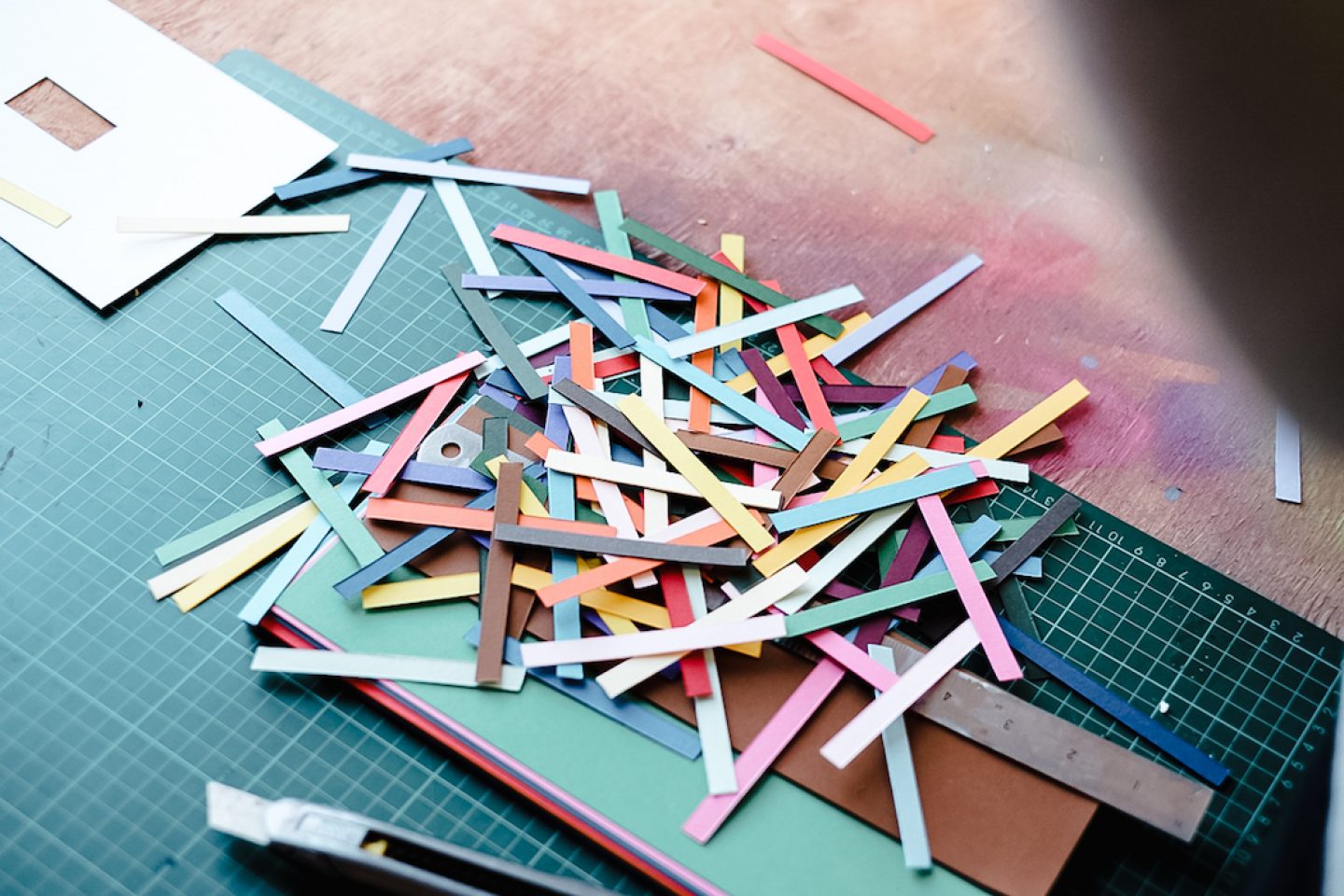
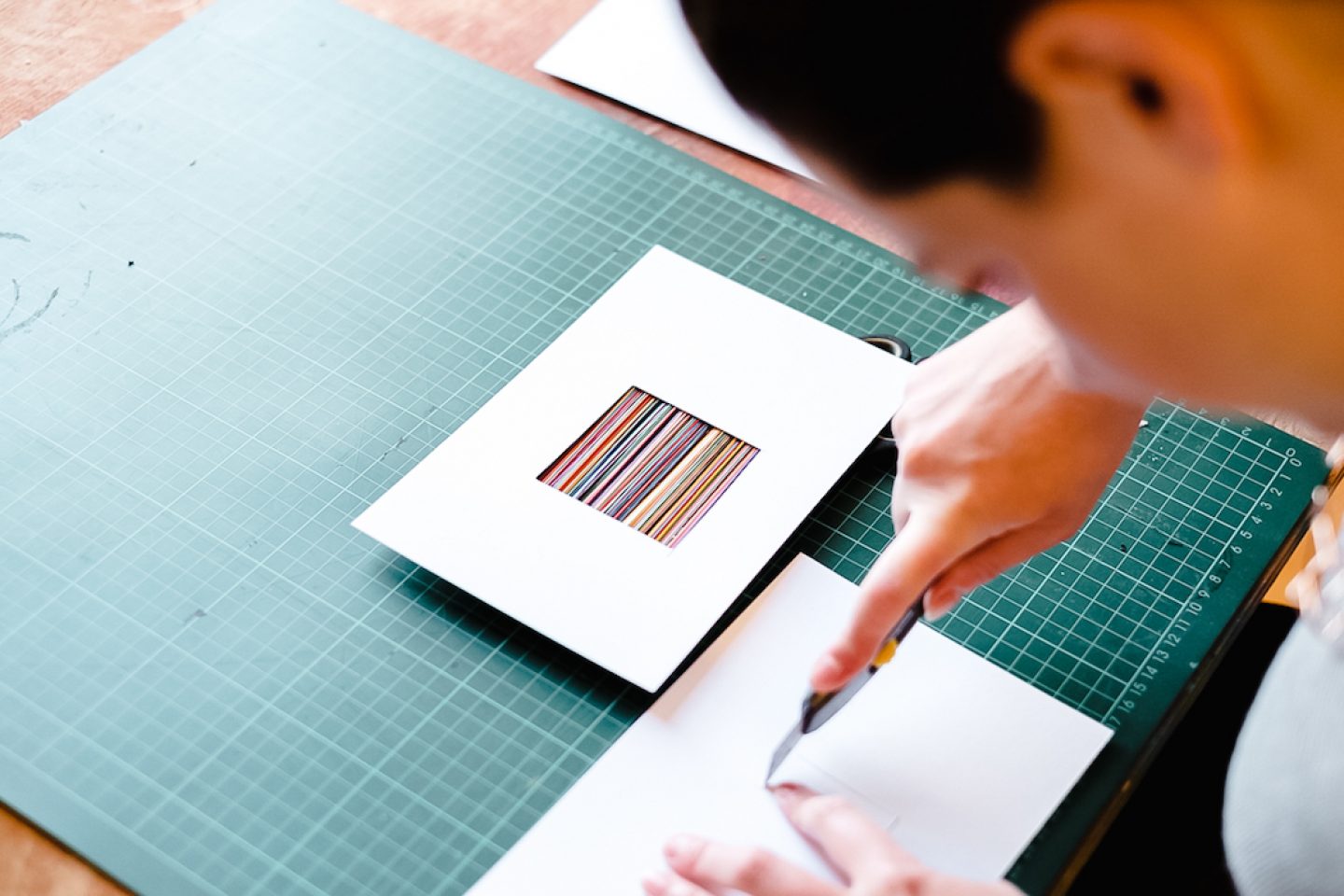
The experience provided by some of your art installations is almost psychedelic. It seems like you intend to go beyond the pure visual effect and offer the visitors something more – a psychological or spiritual experience. How do light and color may affect a person in that sense?
Massively, because we all have different perceptions. I know what mine is and I make work based on it, and I invite people to test their own perceptions of space, time presence, color and lights. I observe how these elements affect them spiritually, mentally, emotionally – physically even. I’ve observed people having quite strong emotional reactions to my work, almost on the brink of tears. It’s almost like a science experiment, because what appeals to me might be minor for someone else. I’ve observed people having quite strong emotional reactions to my work, almost on the brink of tears. For instance, the orange could take someone back to a memory years before, to their grandma’s living room, where there was orange wallpapers, so being in an orange room transports them there. At the same time, I’ve seen people coming right behind them and be like: ‘no, the orange is not doing anything for me’, but then get very emotional in the blue, so they’re jumping up and down, or laying on the floor, dance, play… so it’s very interesting. I also kind of use this observational research into making new pieces, because some of them involve all the color, whereas other works involve just one or two colors.
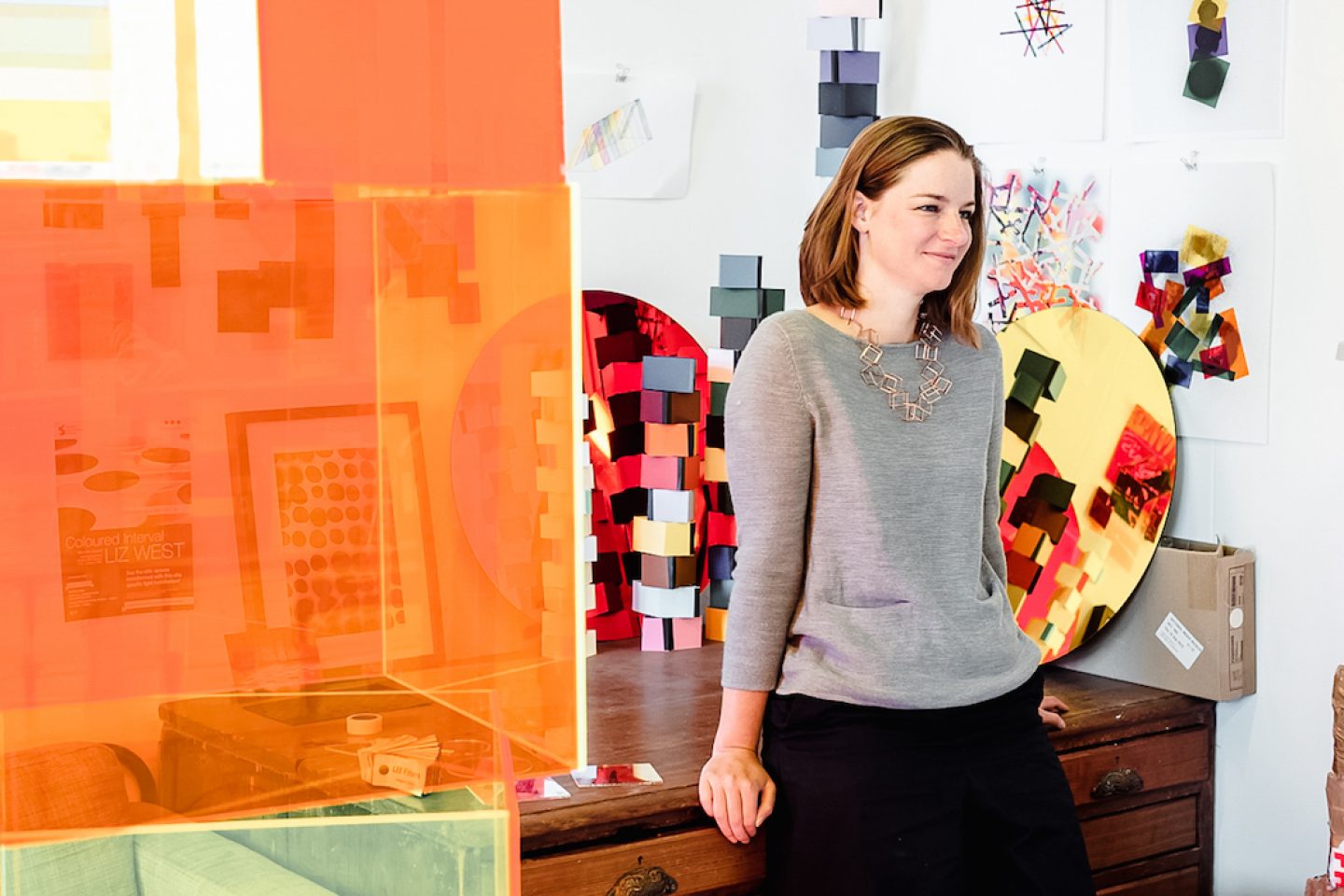
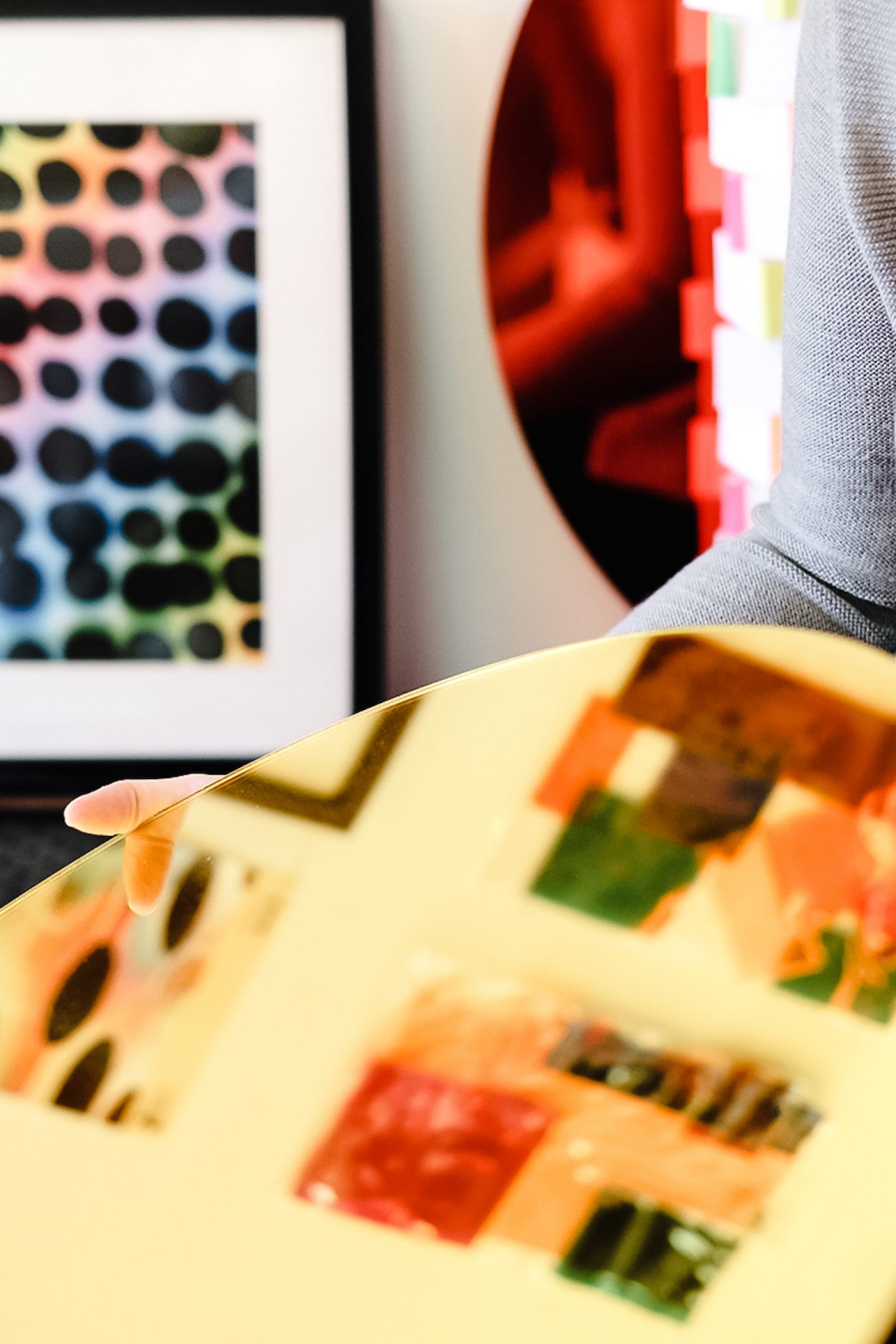
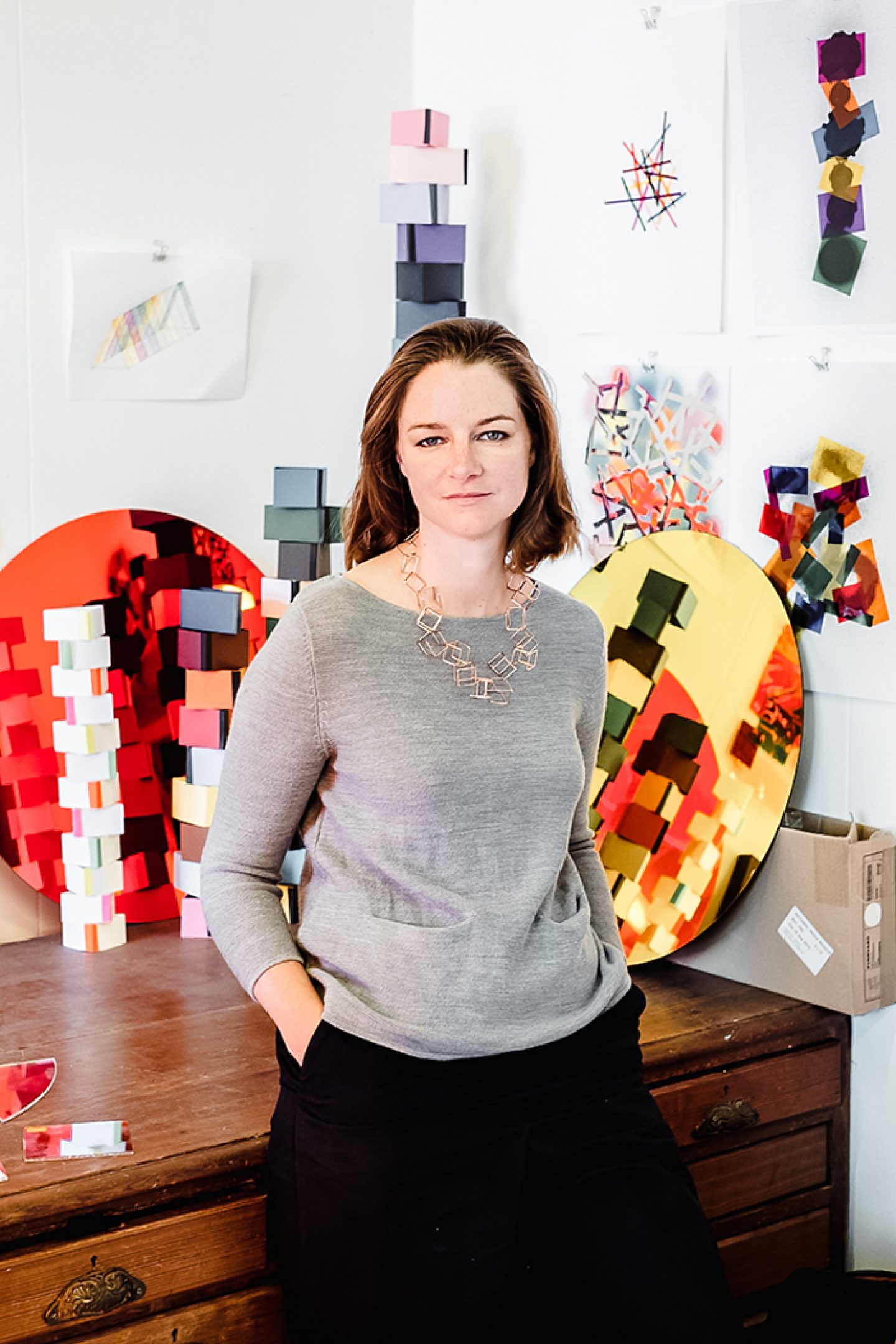
What are your favorite contemporary artists who work with site-specific installations?
I have many of them. I was taken to many exhibitions and galleries when I was little girl and at a very young age I was subjected to the art world. I think artists who influence me are people who do things on a large scale, immersive, environment, saturate. So that would be James Turell, obviously, I’m looking at my books behind me, let’s have a look at my books… Daniel Buren, Carlos Cruz-Diez, David Batchelor, Jim Lambie – wow, there are so many people who use light and color! I can see that the work I like the most is when I’m absolutely sucked in, completely surrounded. Spencer Finch, he’s great, Robert Irwin, a classic, and then more sculptural, like Anish Kapoor or Donald Judd. I can see that the work I like the most is when I’m absolutely sucked in, completely surrounded. I have a vivid memory of going to an installation at Tate Britain in 2003 and seeing a floor-based work by Jim Lambie. He had applied coloured vinyl tape to cover the entire floor in bold strips; I was completely overwhelmed by this psychedelic, colorful entravagenza. And I was almost being sick, I felt nauseous in a good way. And I remember of thinking ‘when I become an artist this is the sort of impact I want to have on my viewer: A complete, bodily experience.’ When I step into one of Yayoi Kusama’s mirror chambers, my heart beats a little faster and it starts tapping into all of my senses, and painting doesn’t really tap into all of my senses in the same way.
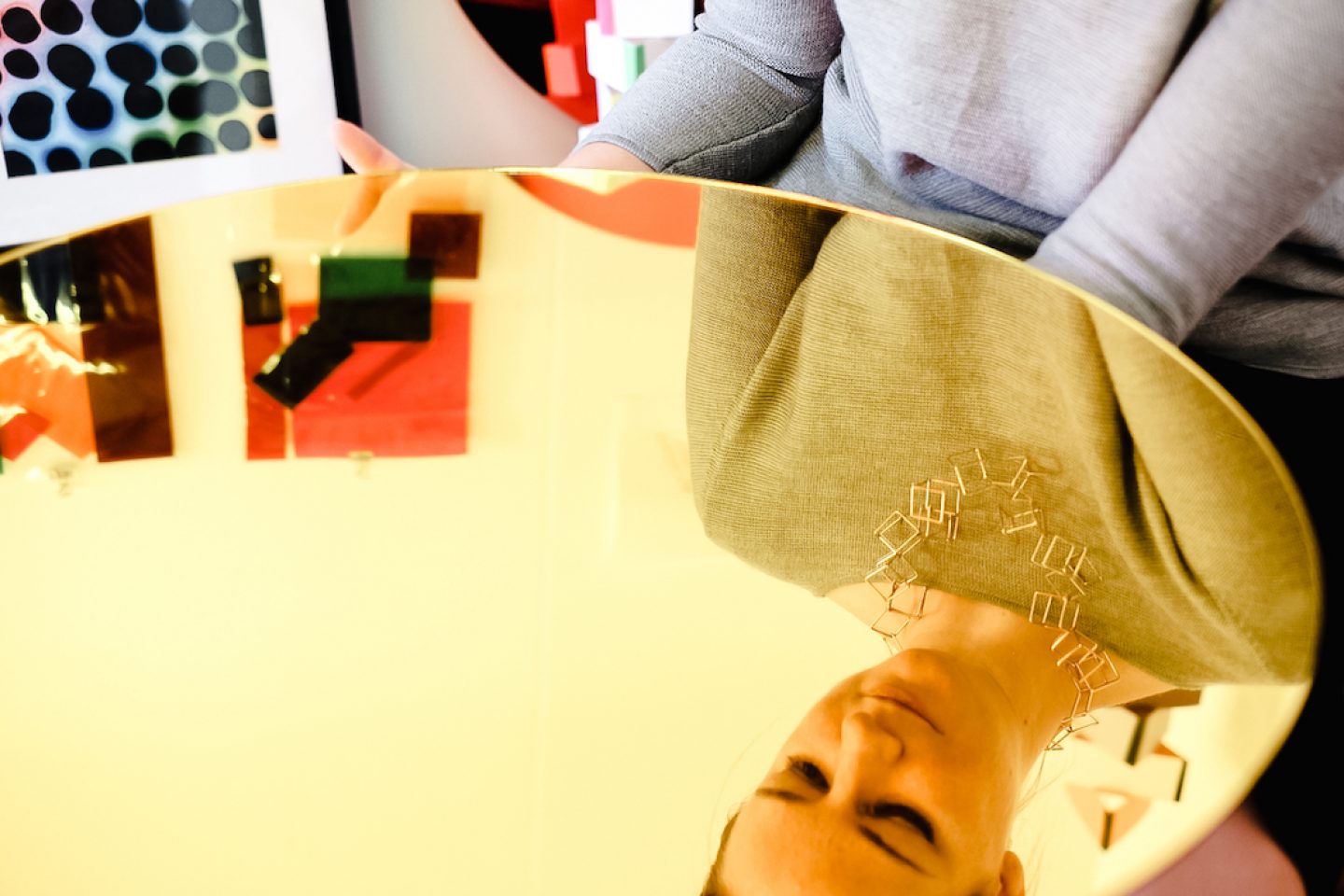
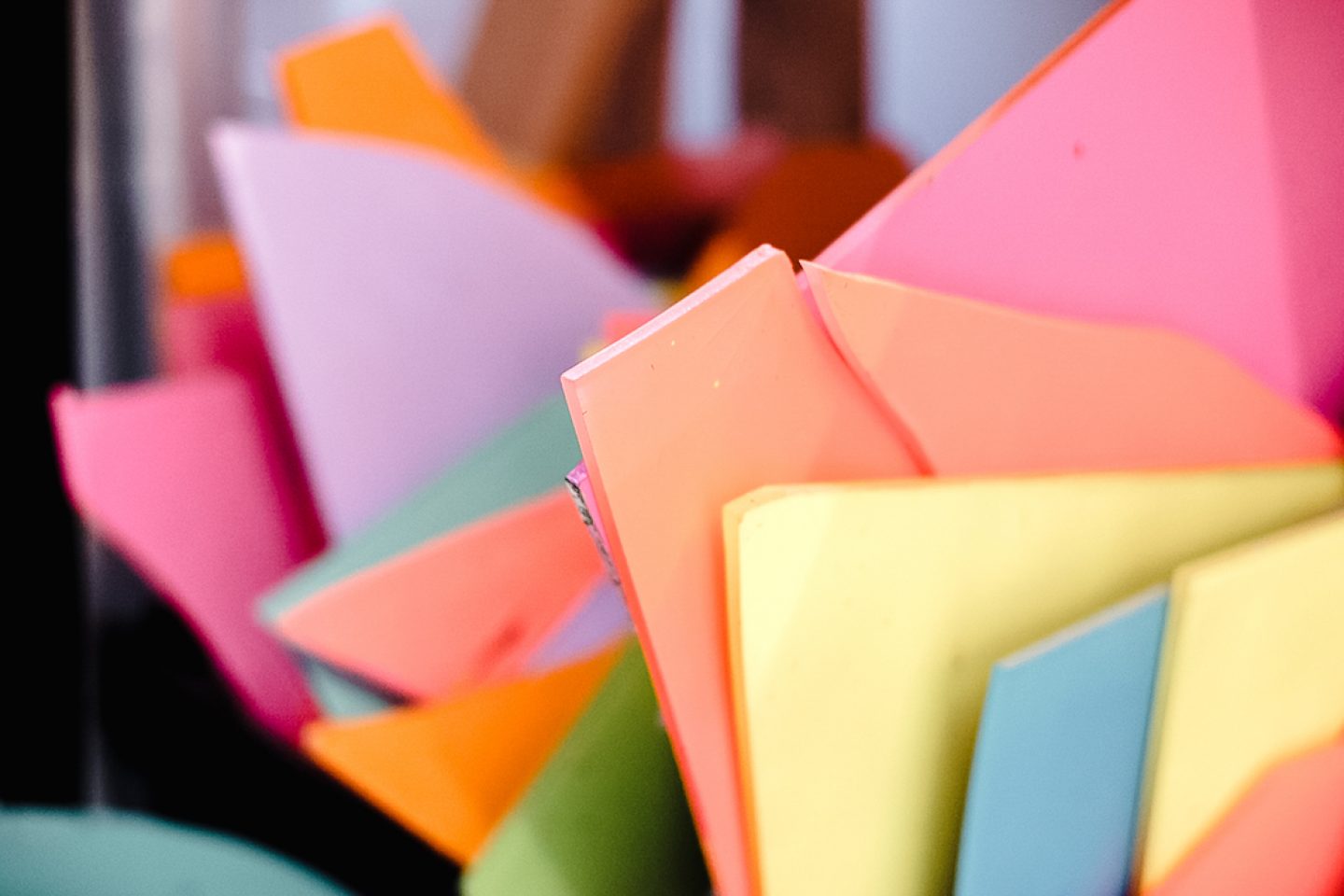
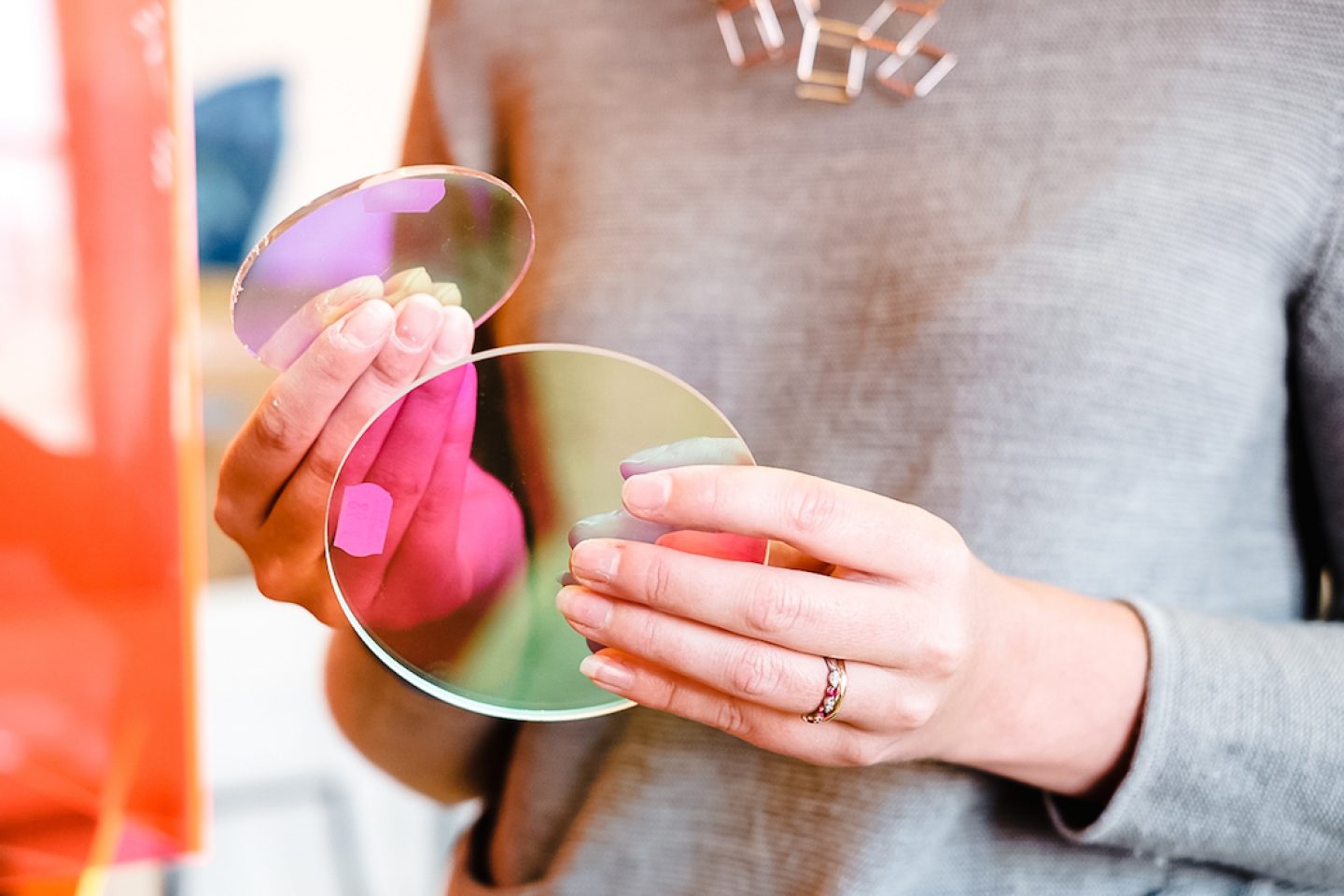
Would you like to collaborate with anyone on one of your works?
I would, although I already collaborating with a lot of people – fabricators, curators, technicians – and often they can bring a lot of fresh ideas or different ways of seeing to my work. I visualize how the piece is going to look way before the materials are brought up to the table. I recently had a few conversations with external people who said ‘oh, why don’t you do this’ and I thought: ‘Bloody hell, yeah, of course! Why can’t I do that?’ [laughs]. Sometimes I can over-complicate ideas or even think too simply about it, but I do wonder what would happen if you brought me together with another artist, not necessarily a light artist. What would happen if I collaborated with a painter? What happens then? Yes, I’d be up to that, although it would have to be the right person.
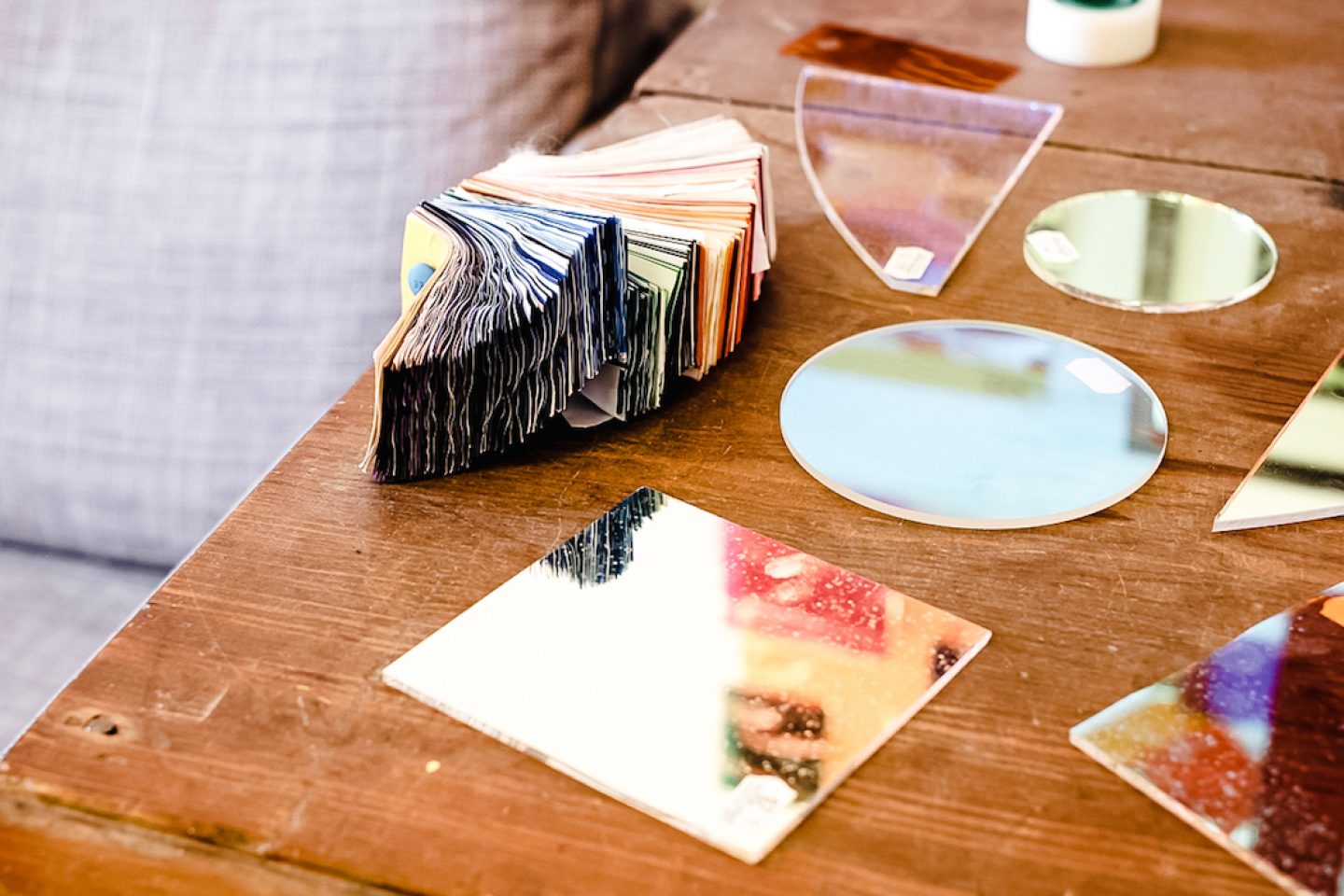
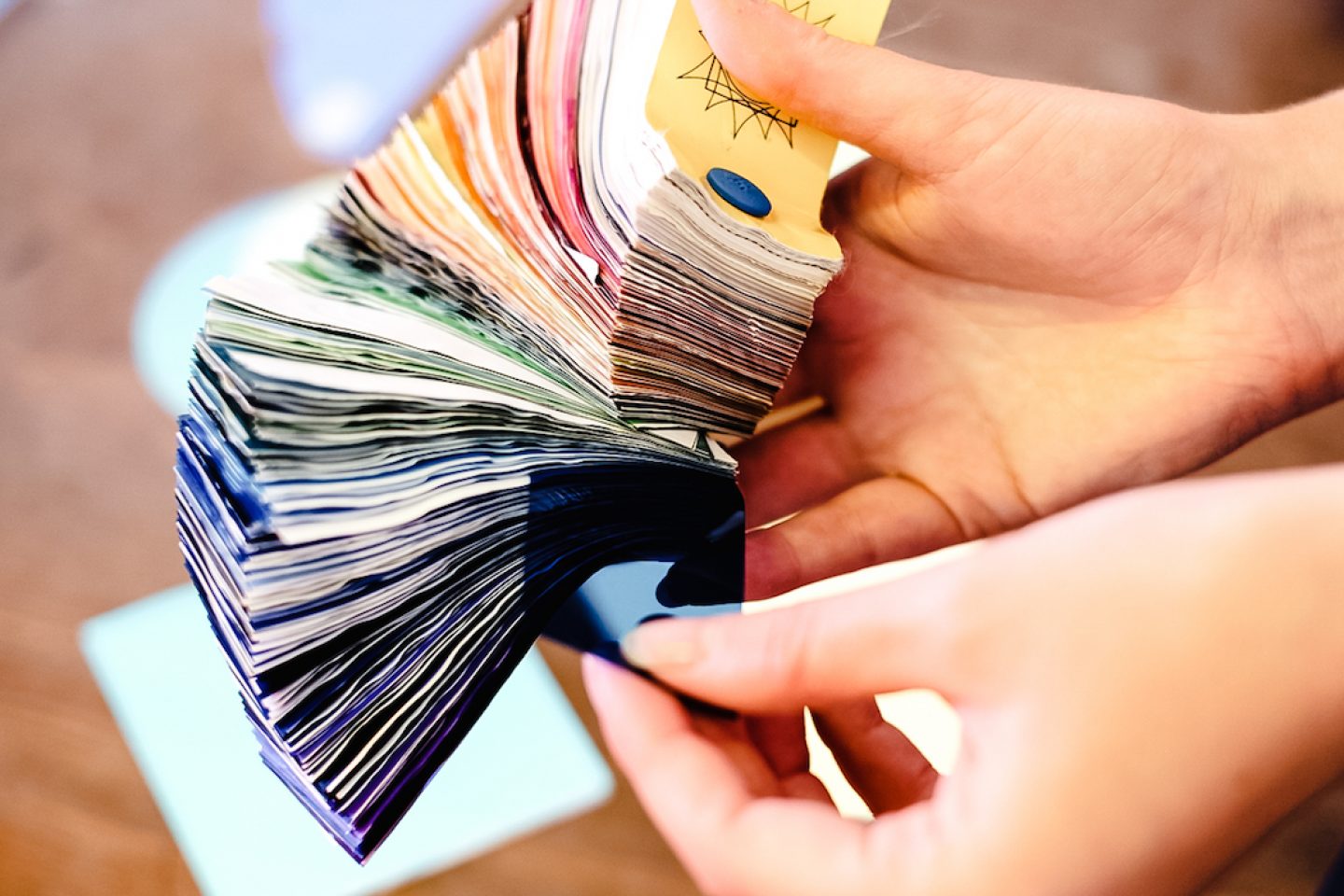
What happens to the materials once the work is taken down? Do you sometimes use the materials for some of your other works?
It’s all in my studio! Some of it is crated up to be remade somewhere else, that’s the case with ‘Our Color Reflection’ piece. But other pieces are packed up to nothing and can be stored in just a bag. Sometimes the materials are not good for anything after some time, so they’re just put in a skip after a while, which I find a bit sad. Other times the work sells, so then I don’t have to do anything, just give them to somebody else. But there are many in my studio and I sometimes choose to re-appropriate them into new installations.
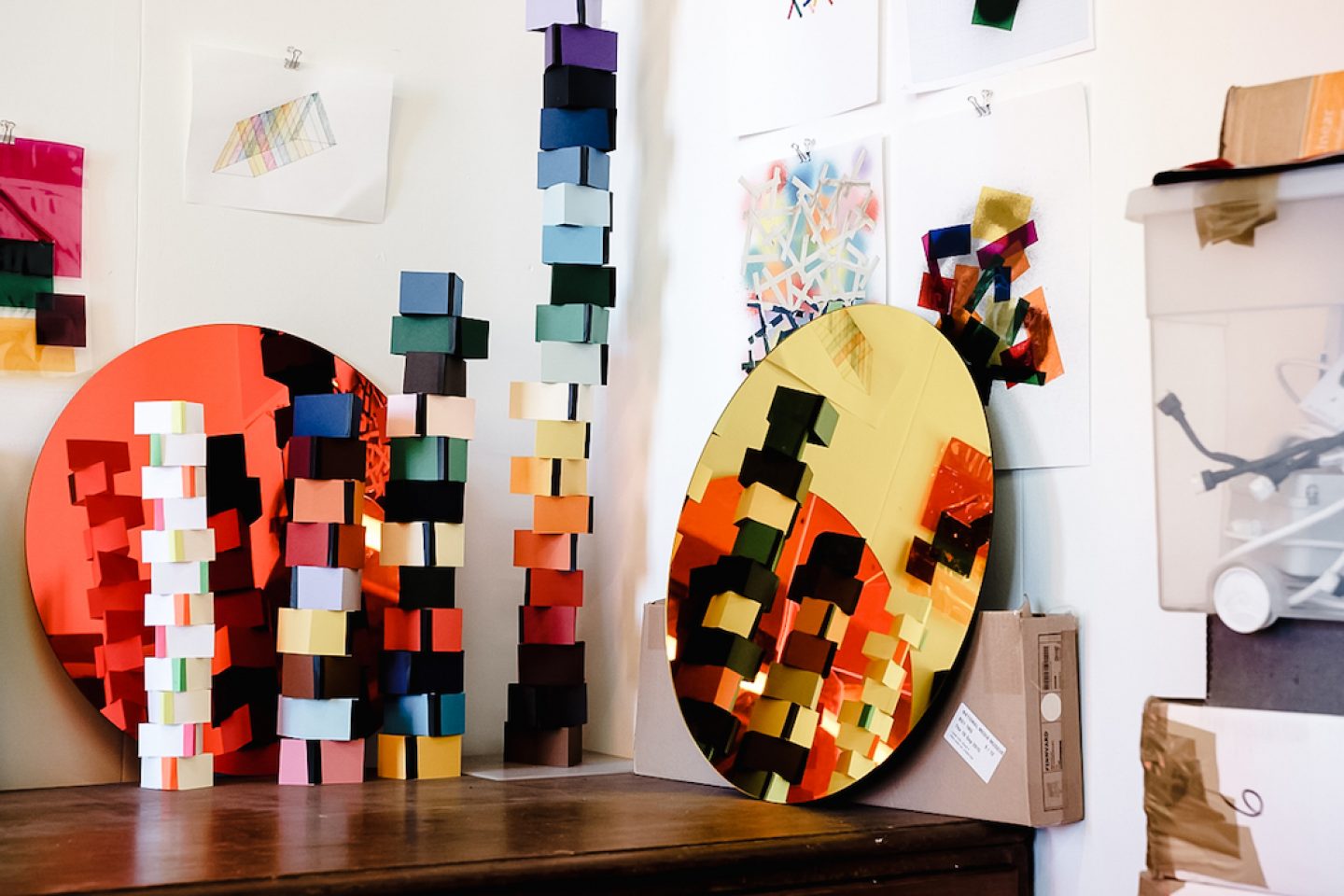
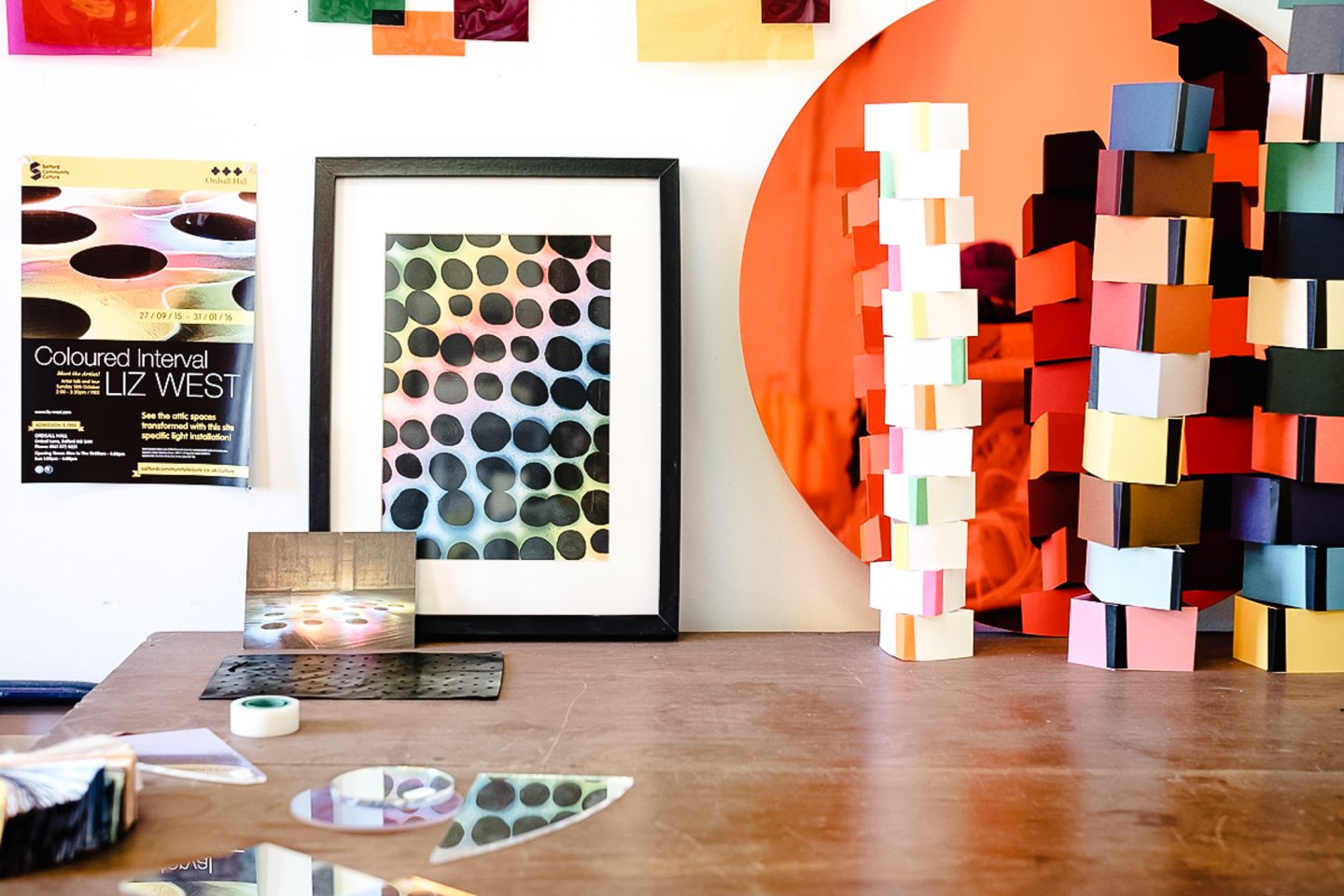
Have you ever had the desire to introduce your art into your home?
Yes, I have! But right now, I rent my house, so there are only some things that I can do. I think if I bought a house, I would probably make what you’re suggesting, installations within the house. I think I’d be more tempted to do that because I’d know that it was my house. Although I do have my maquettes – beautiful little versions of my light installations which I use as lamps.
This interview was edited and condensed by Anna Dorothea Ker. All images © Felix Mooneeram, created exclusively for iGNANT.
